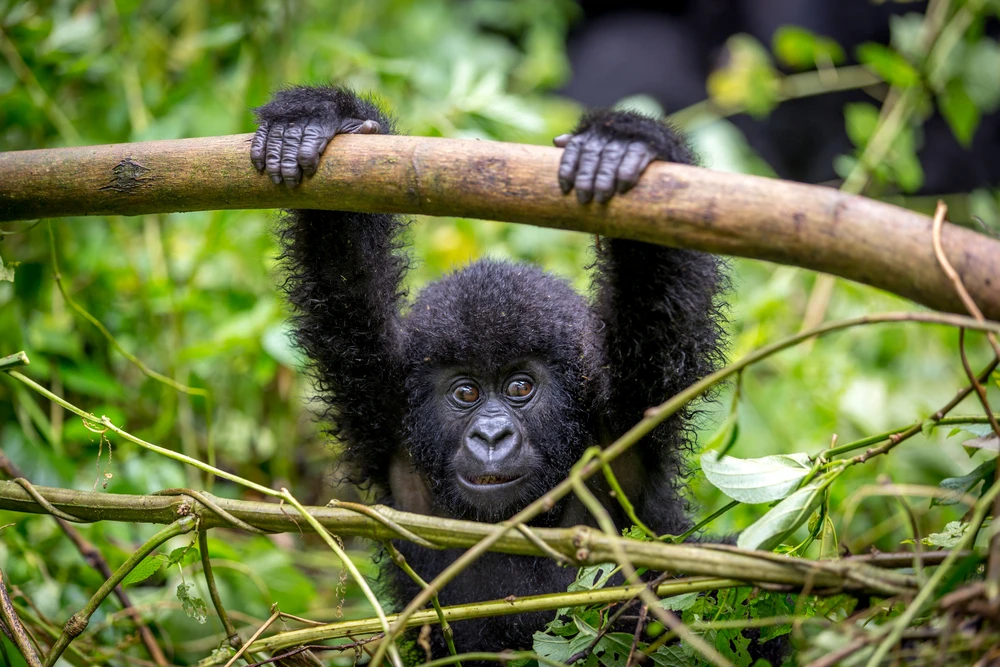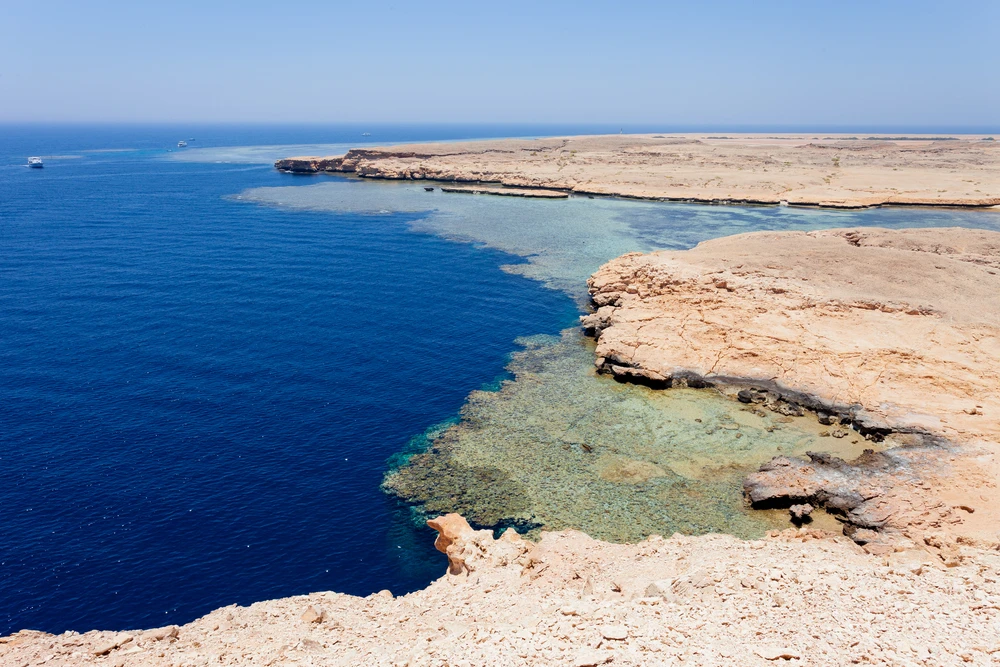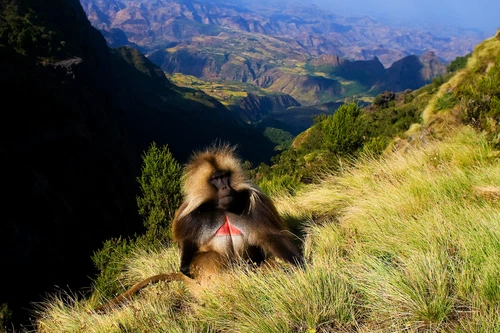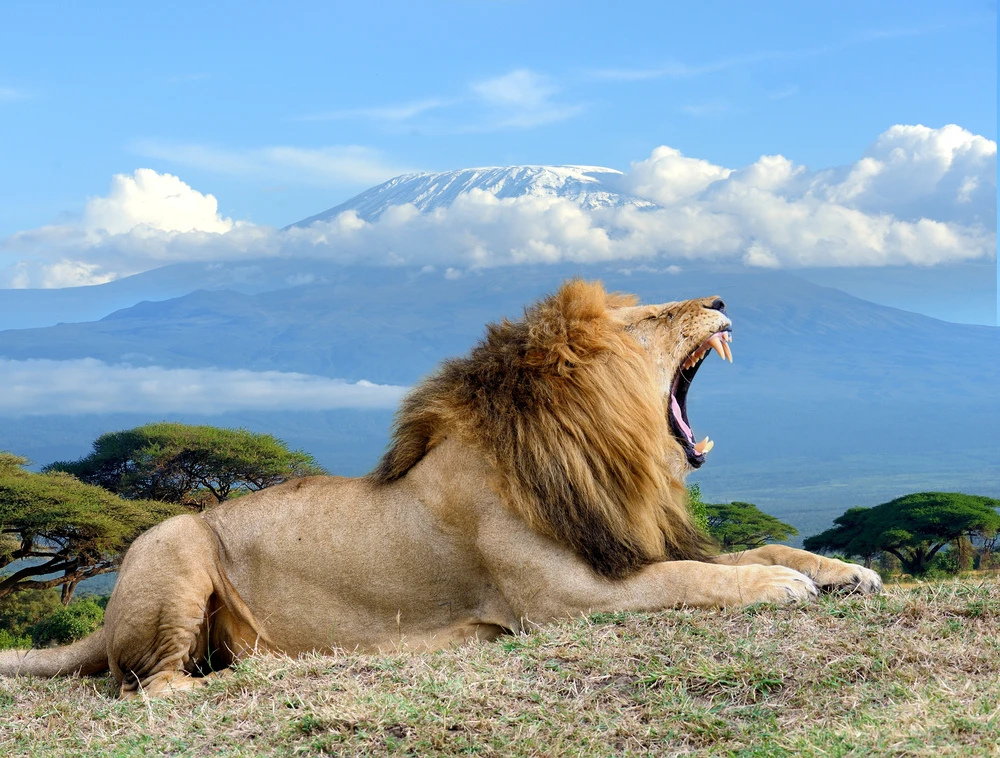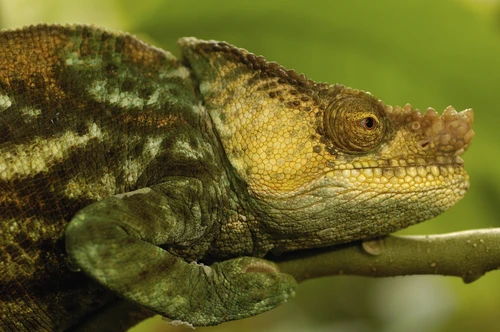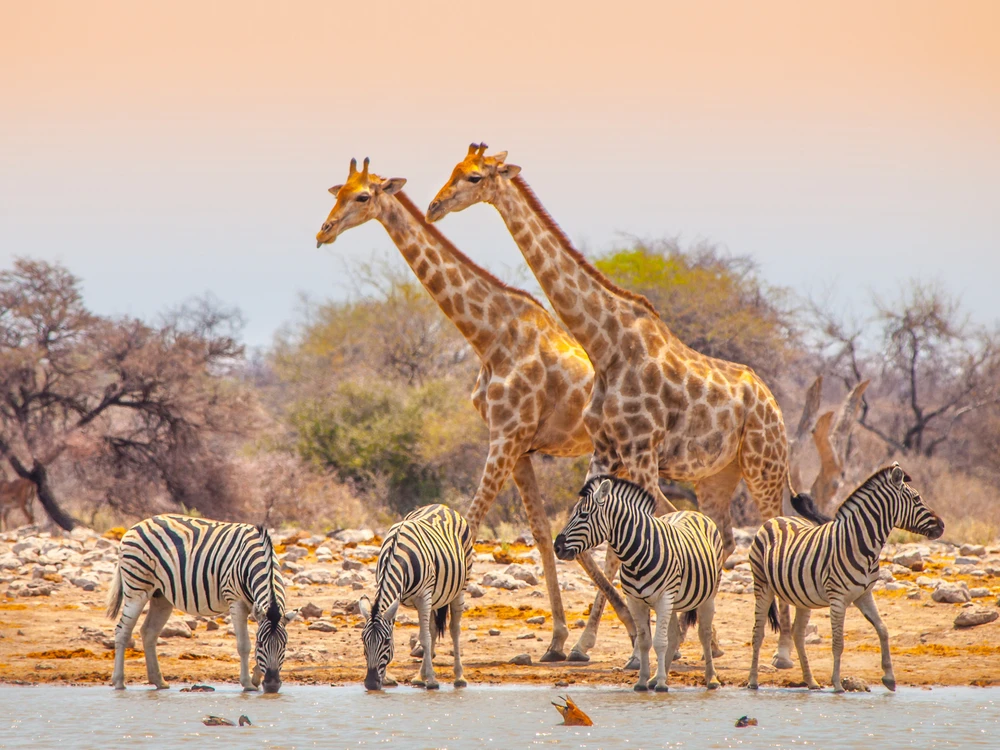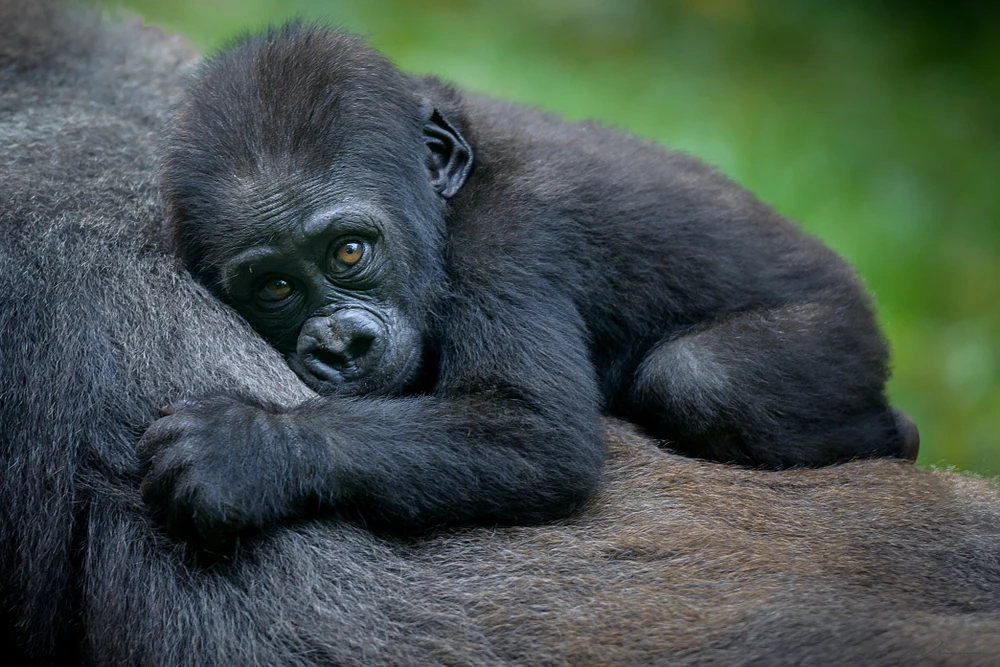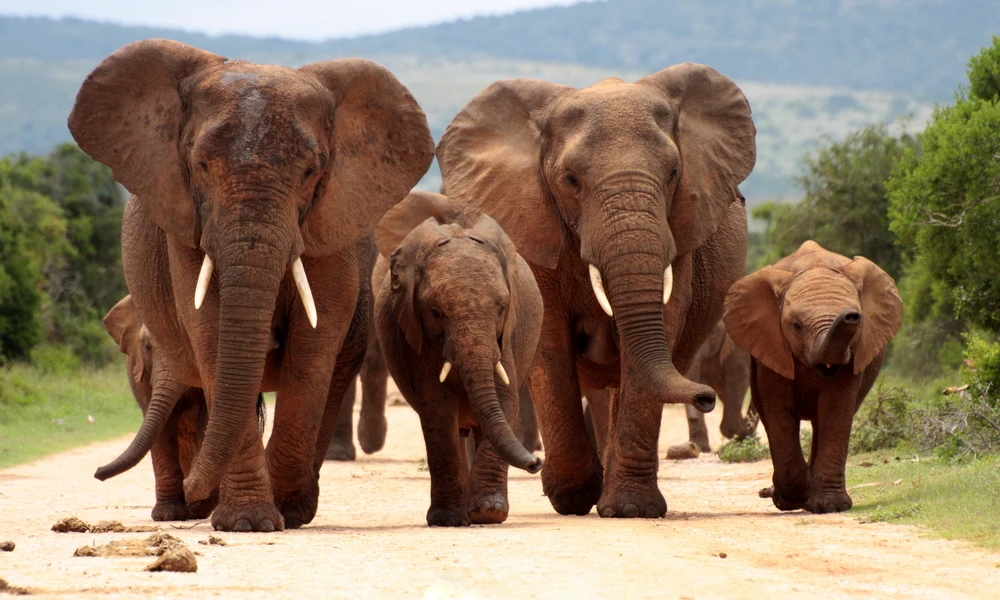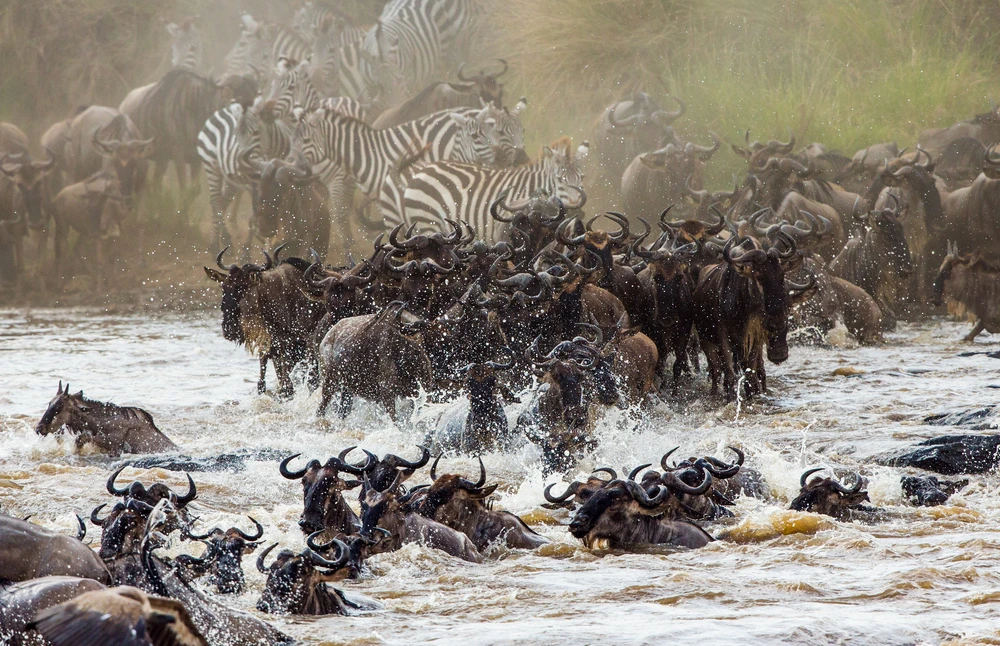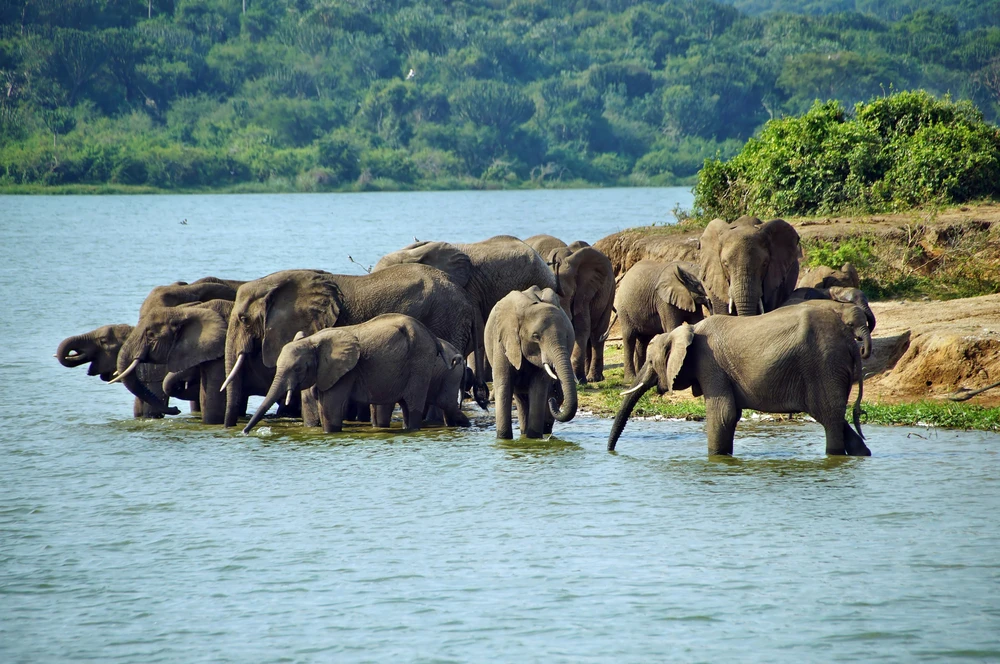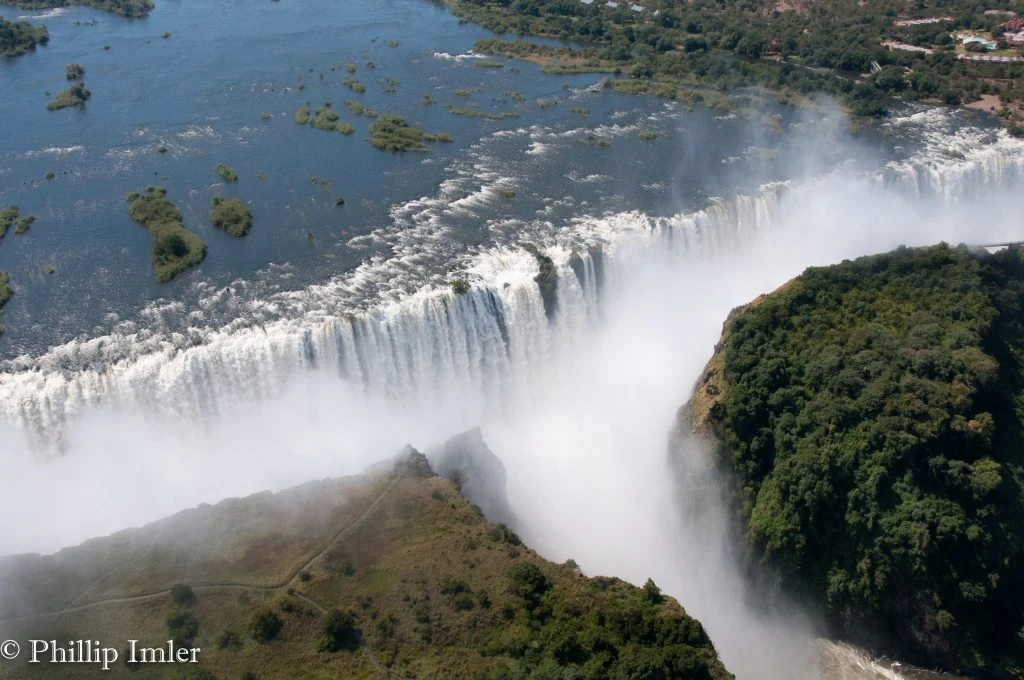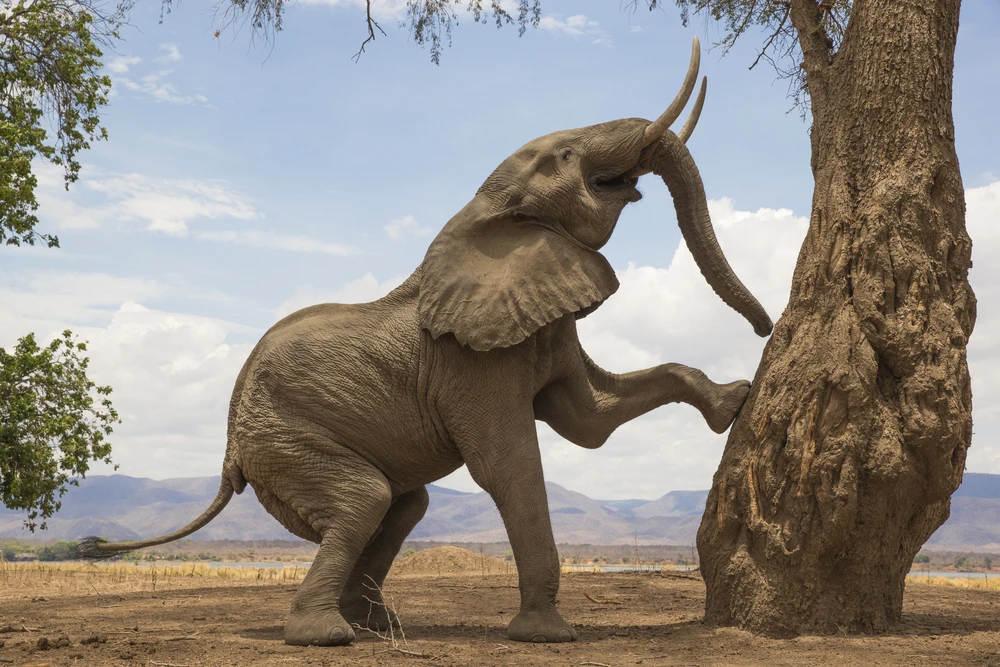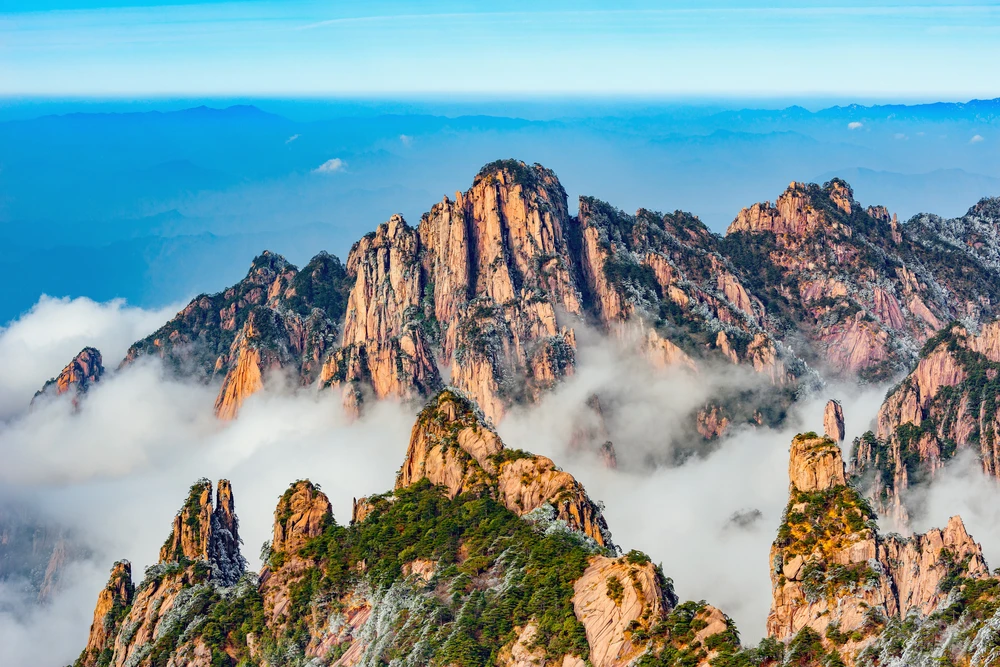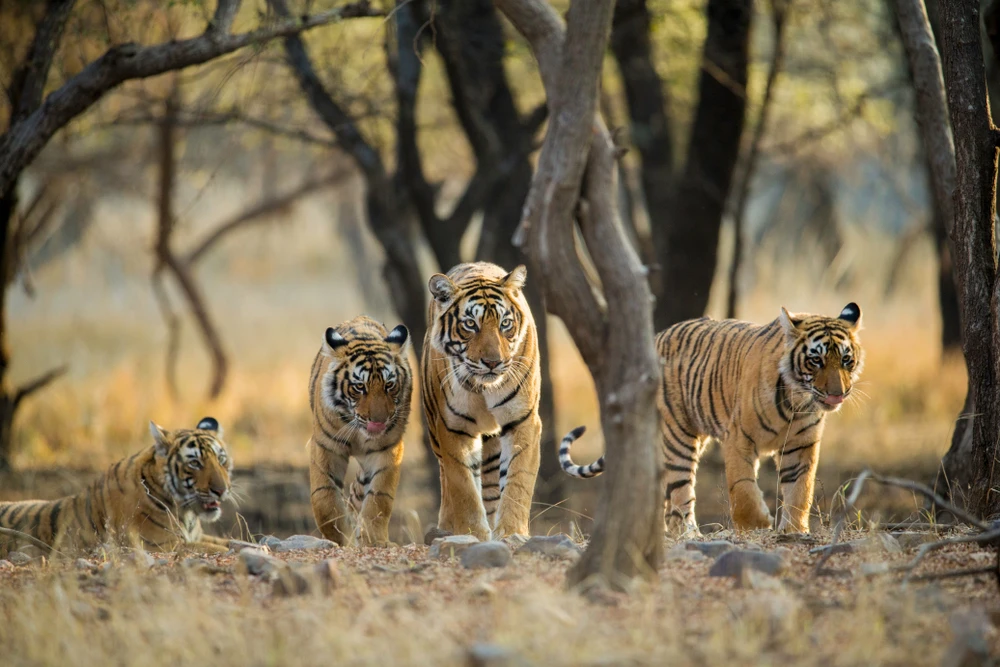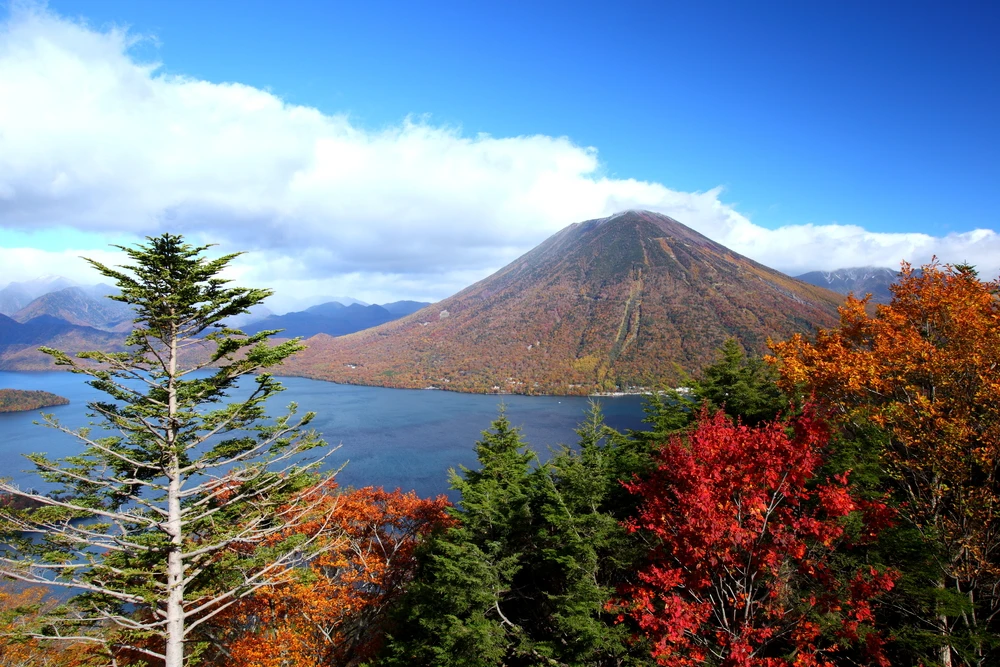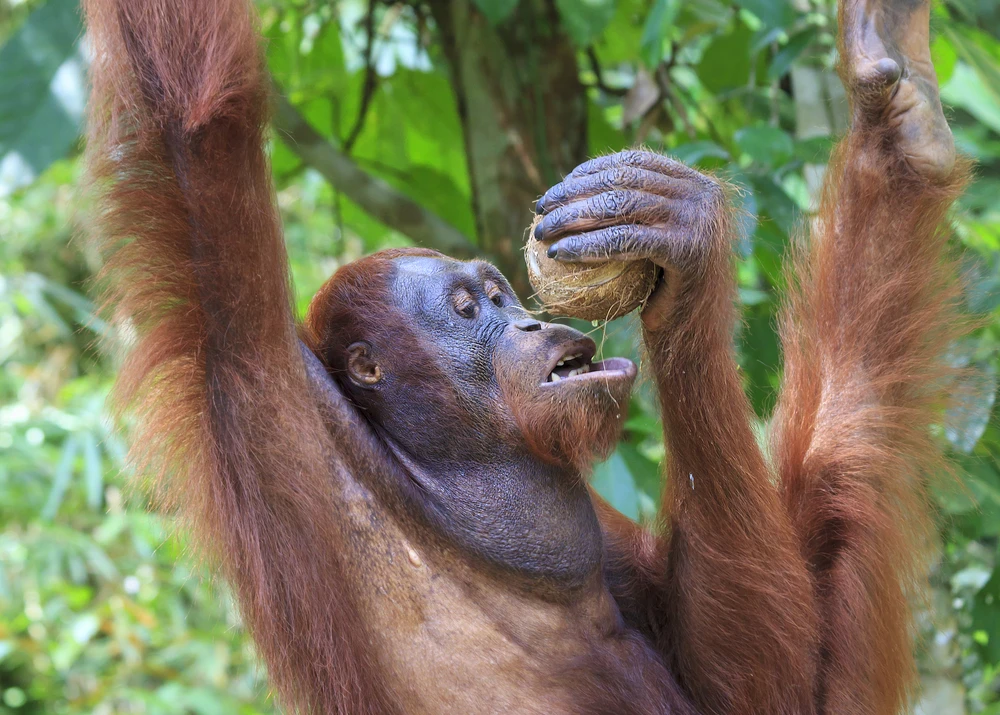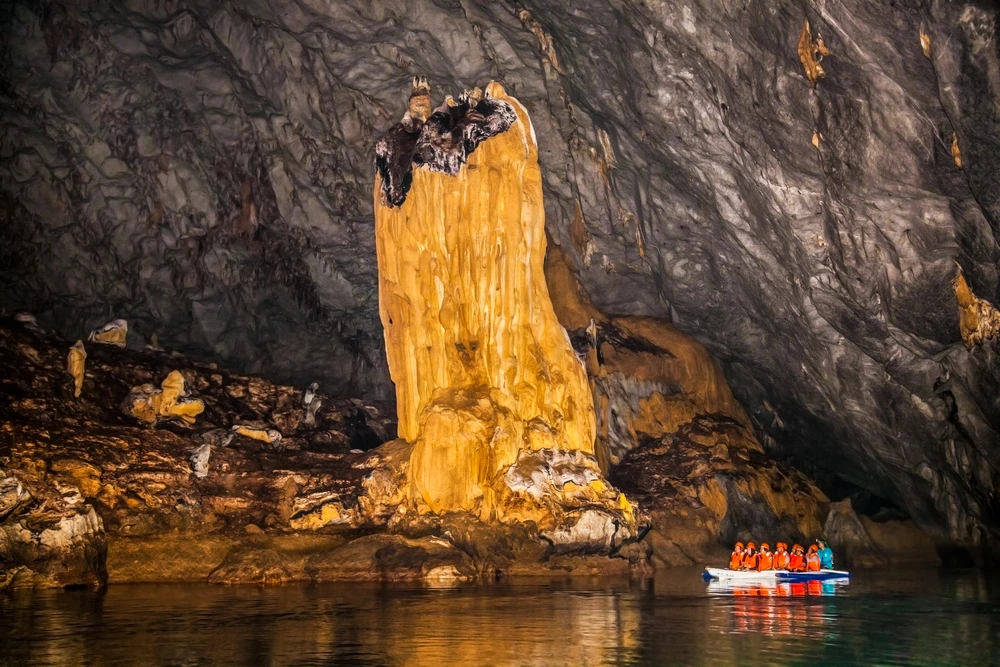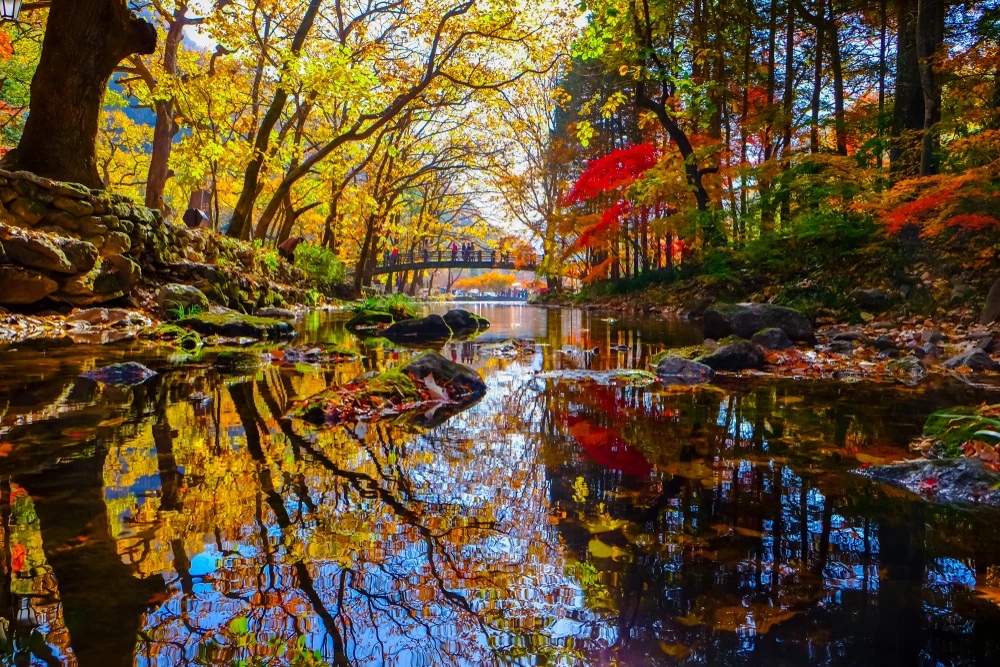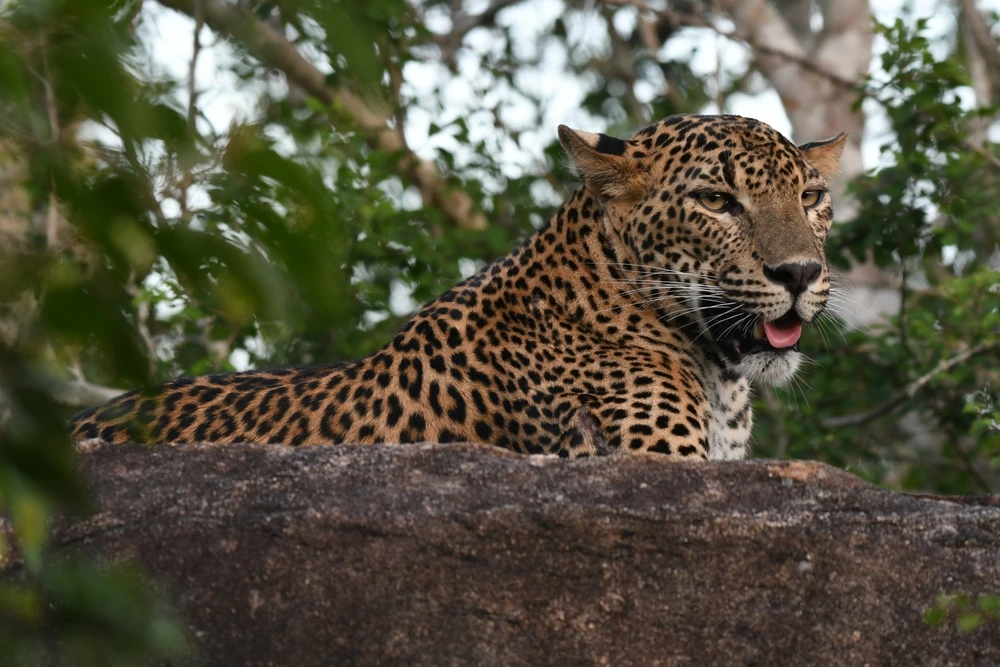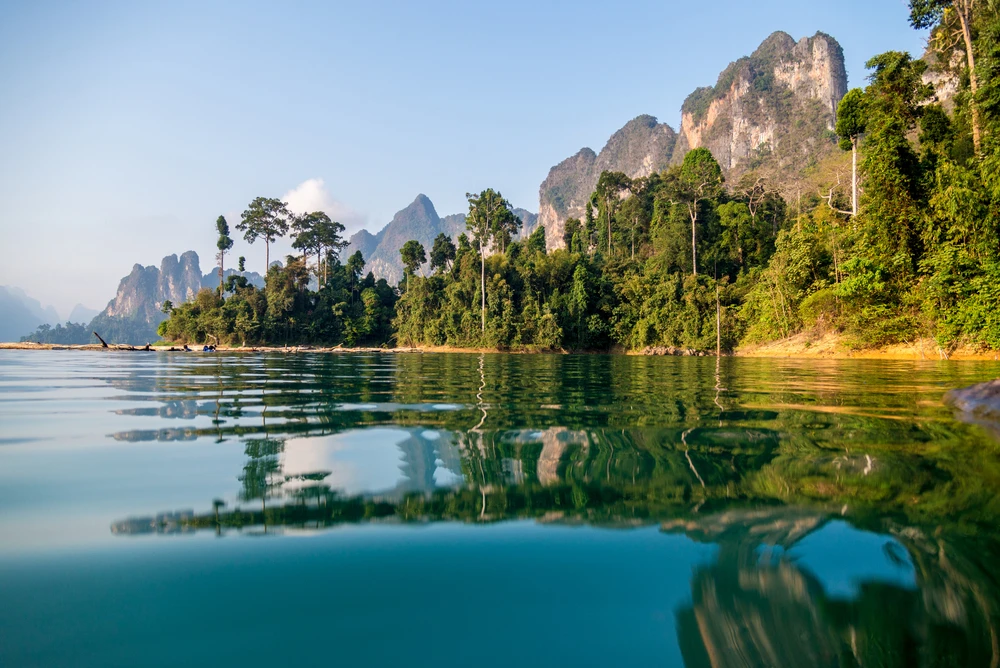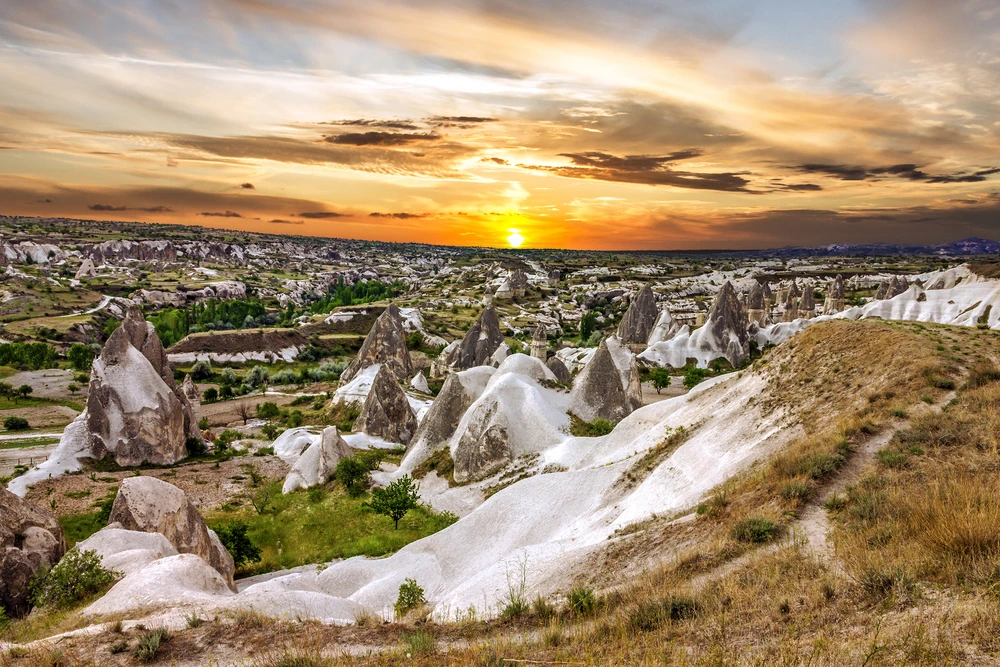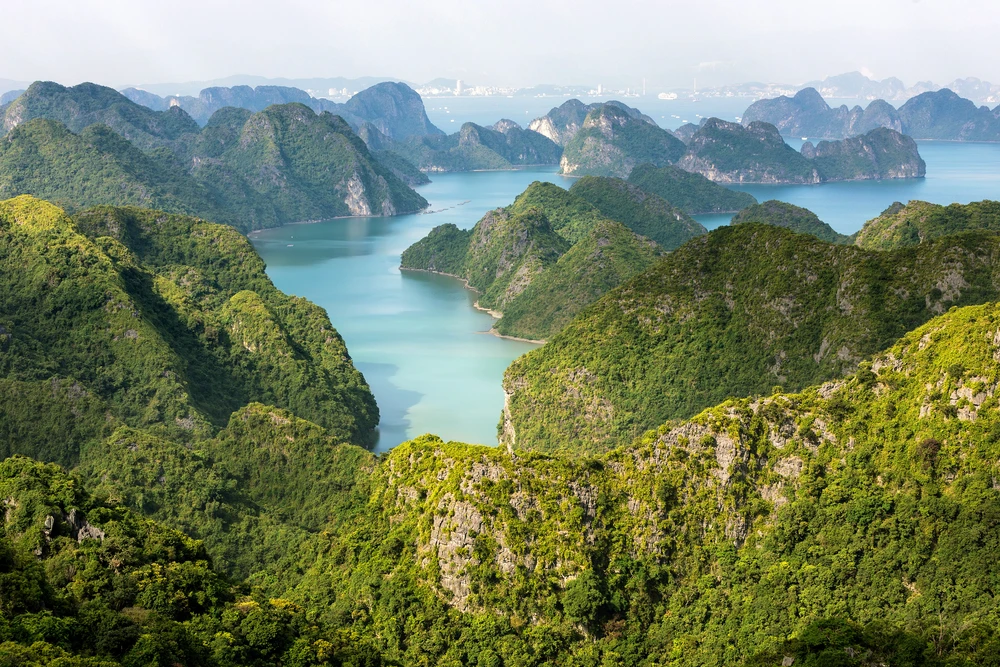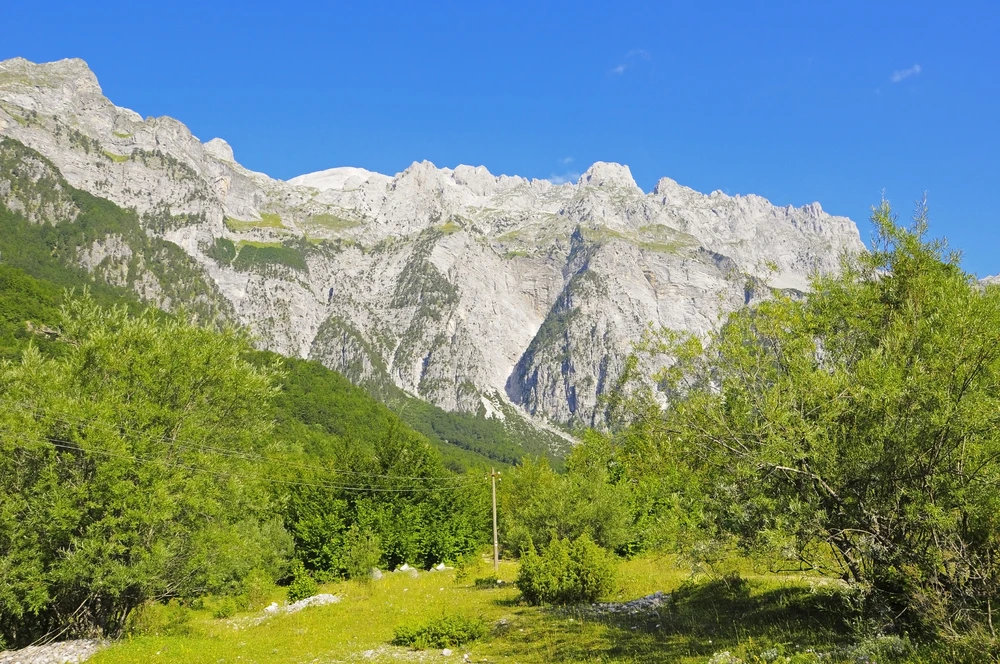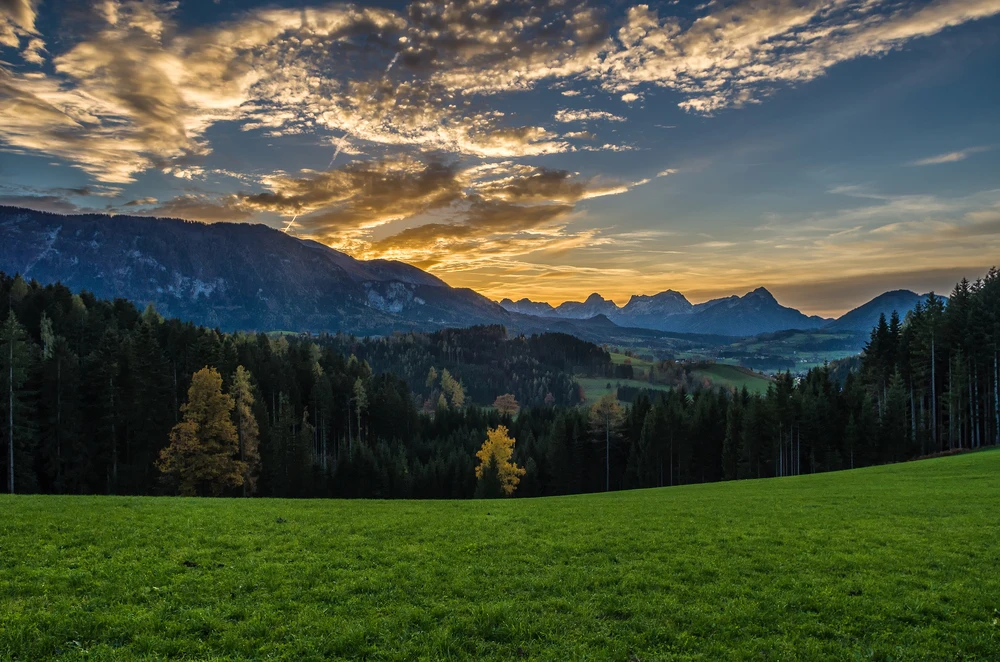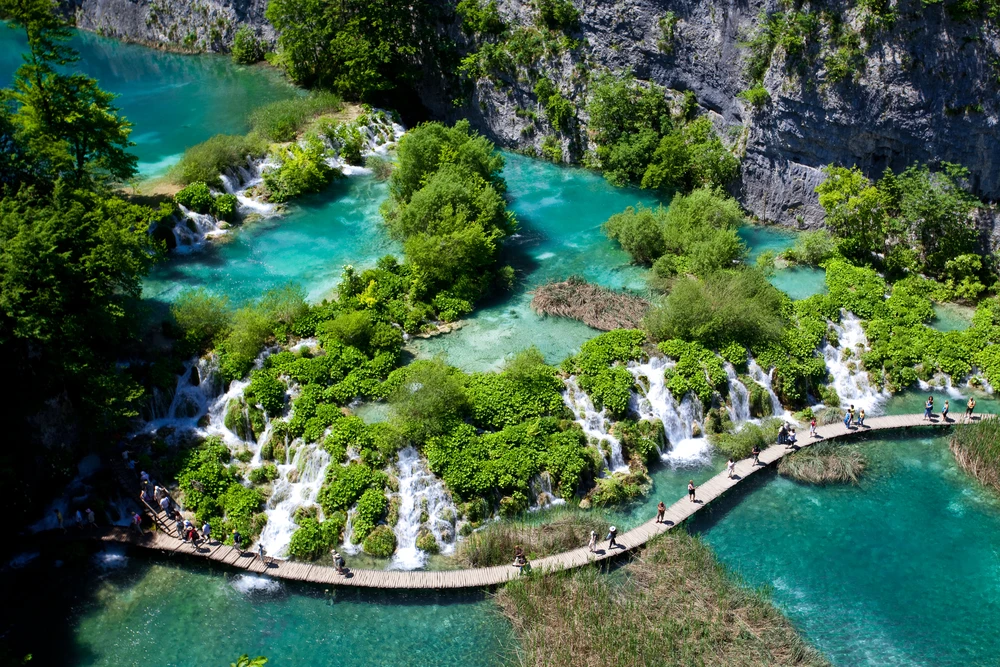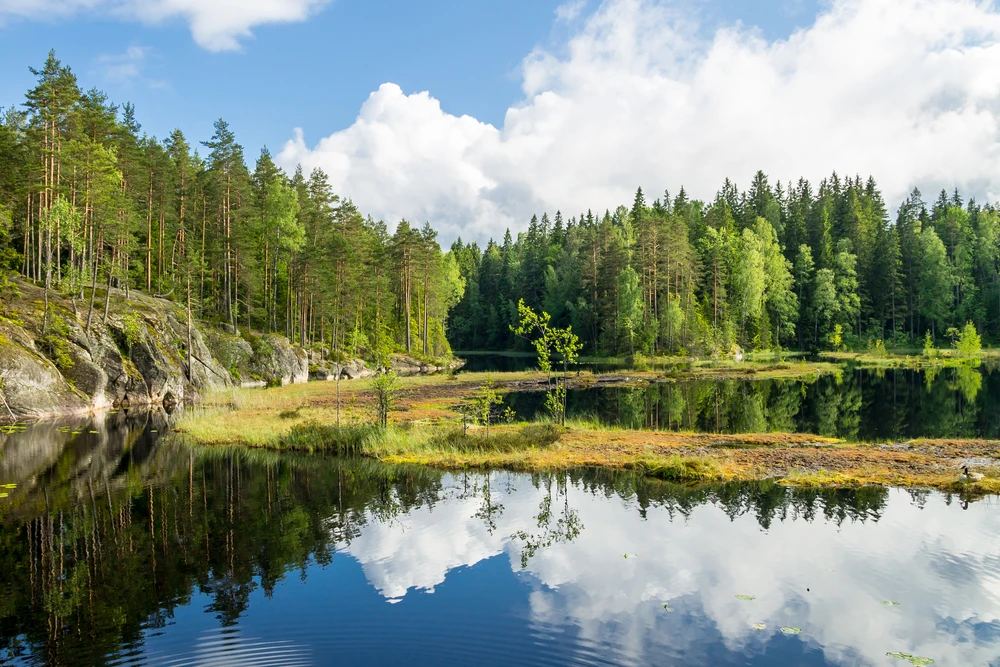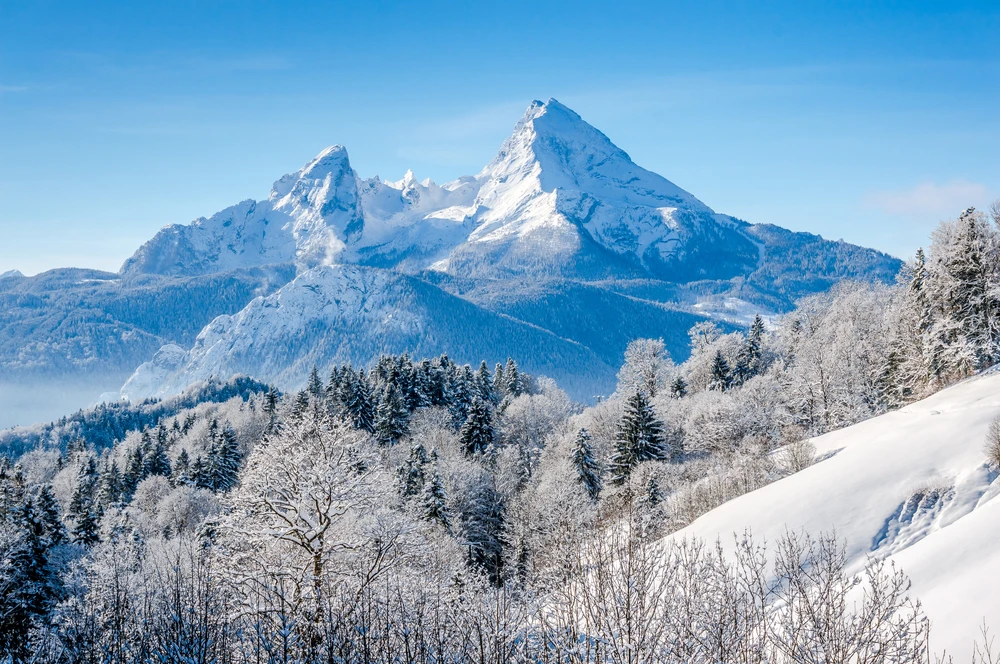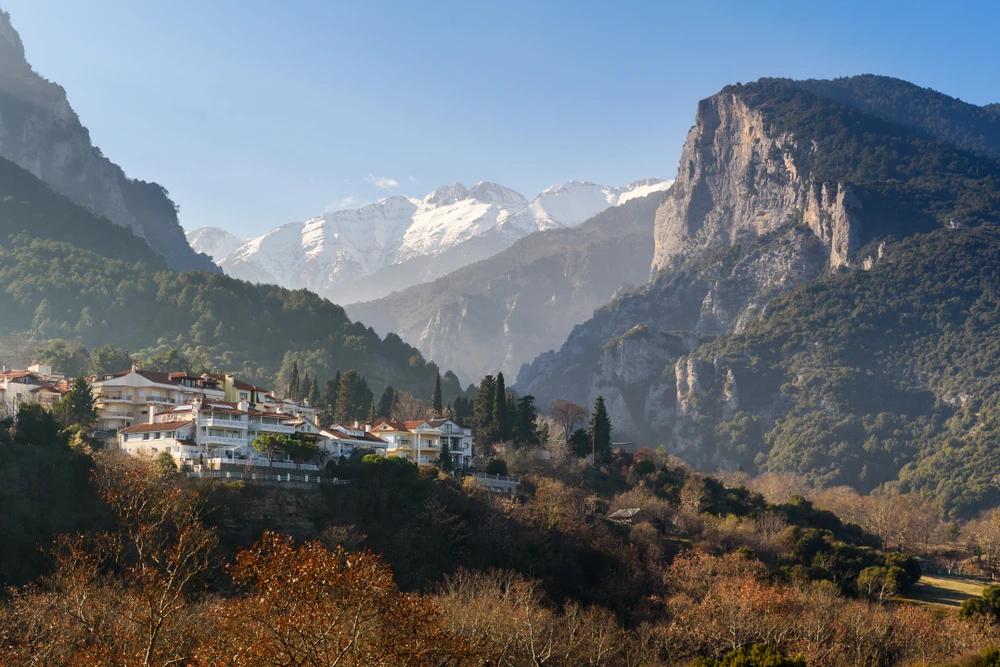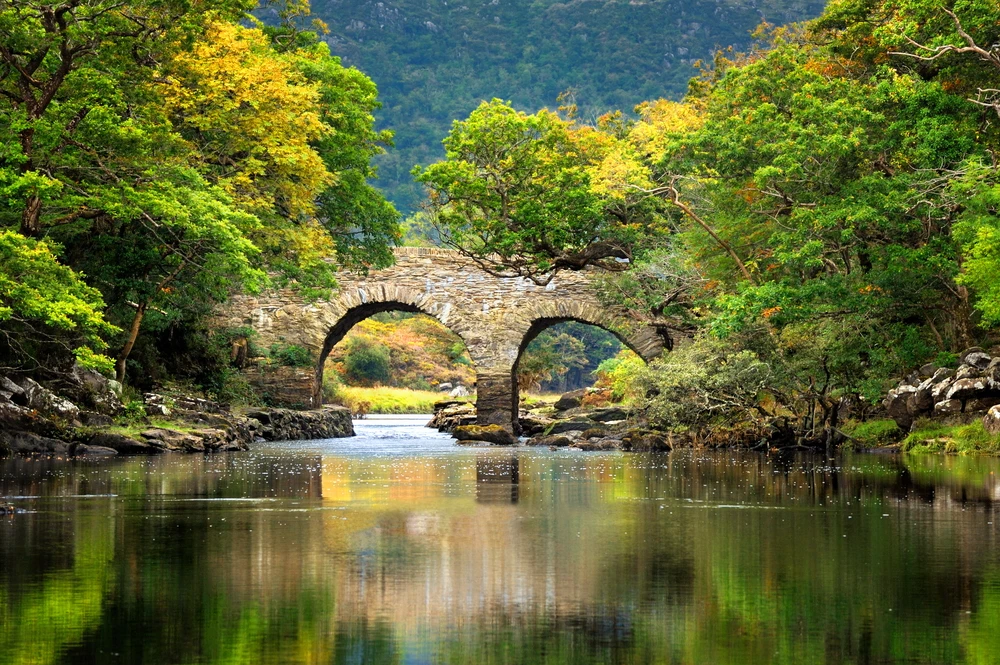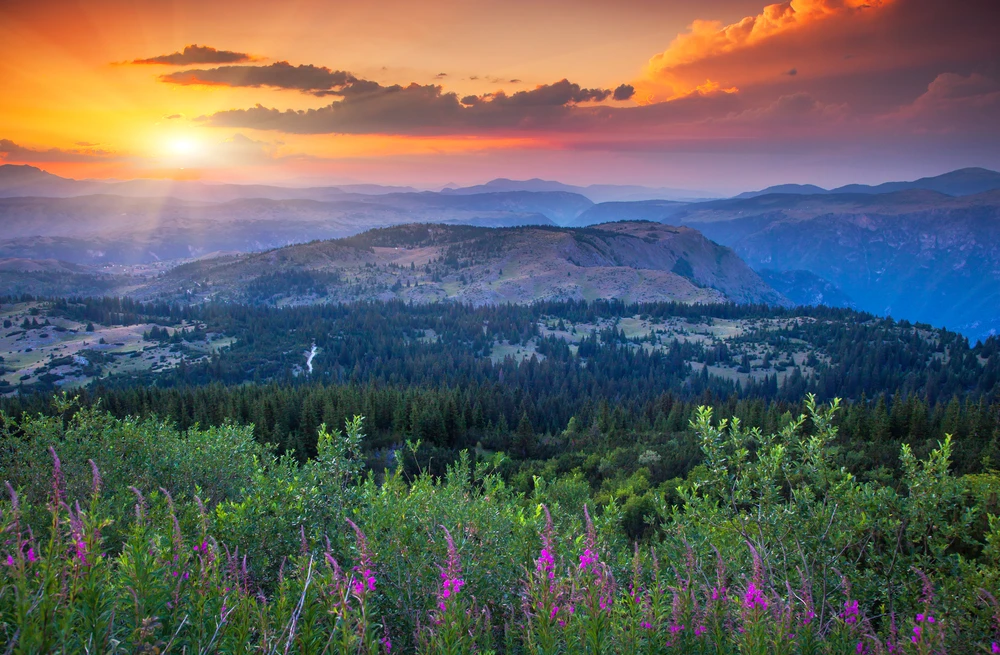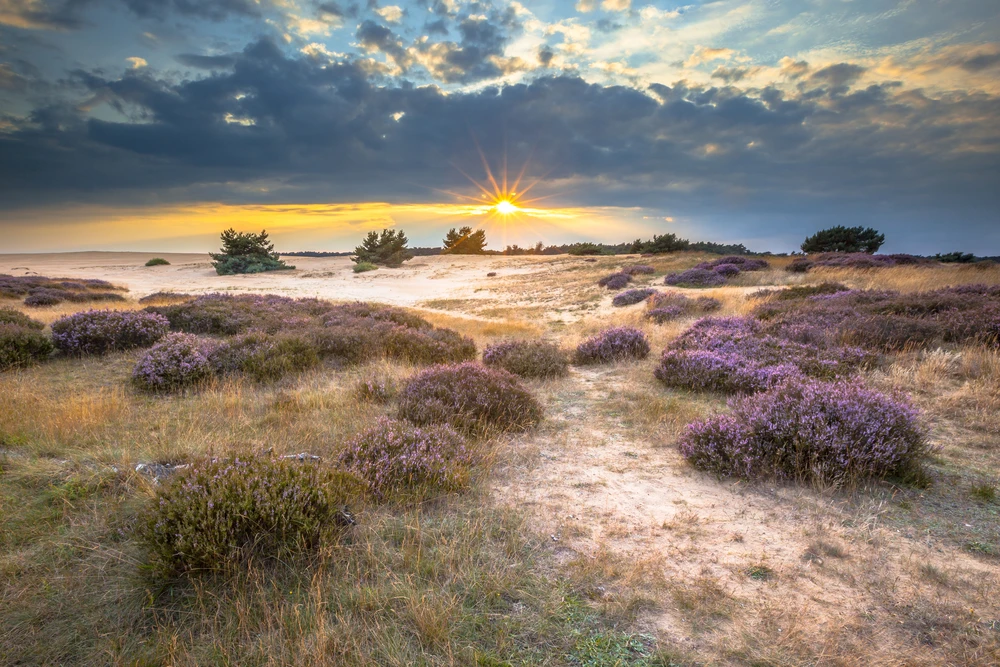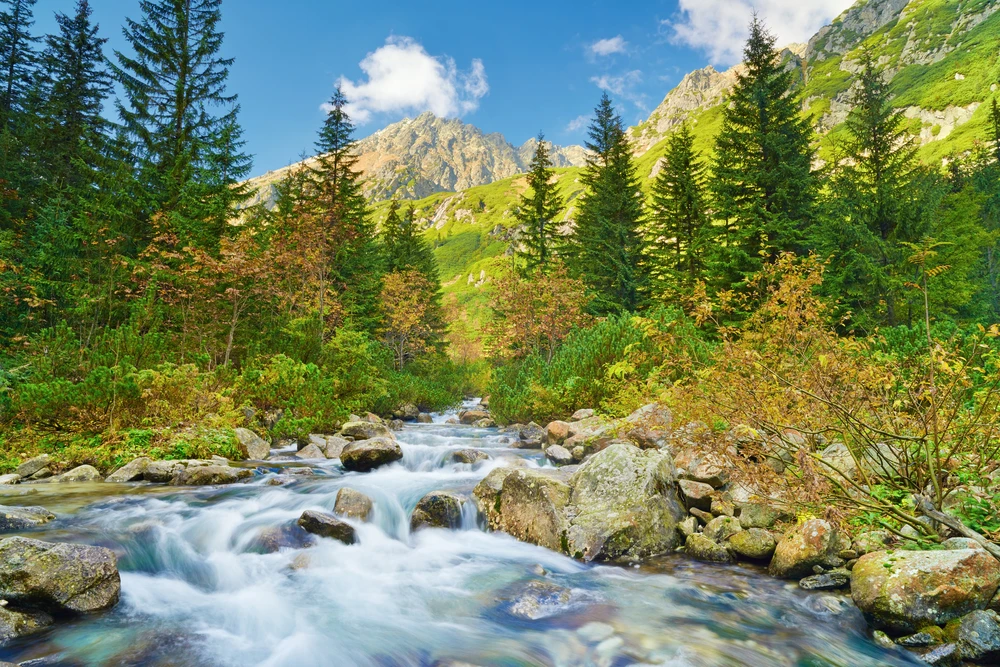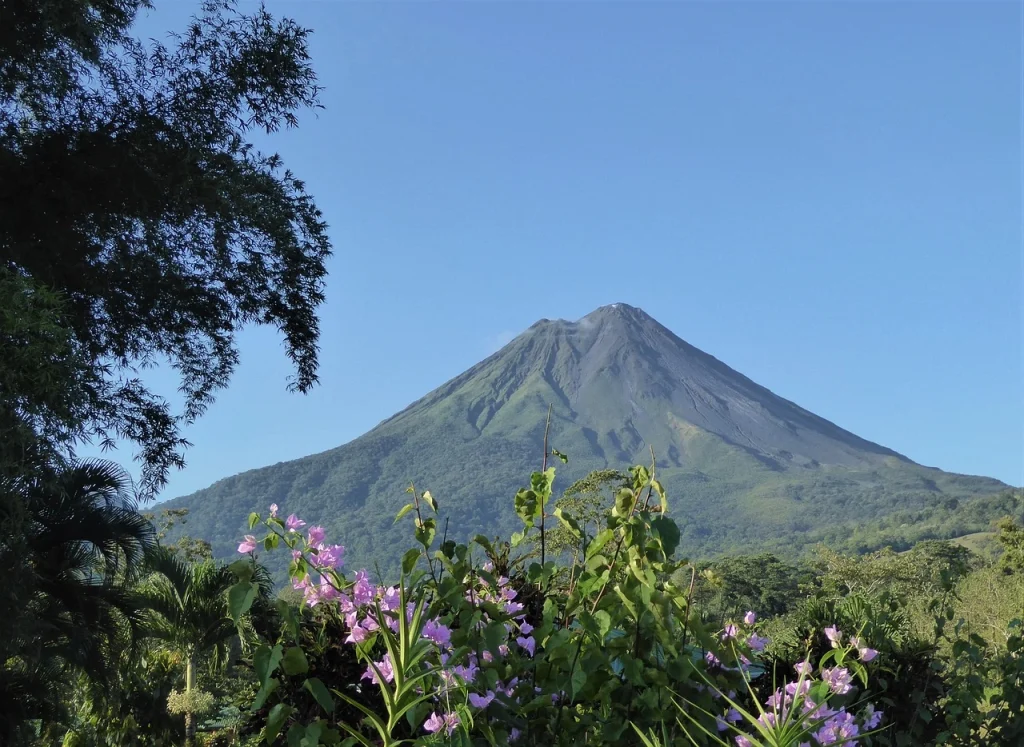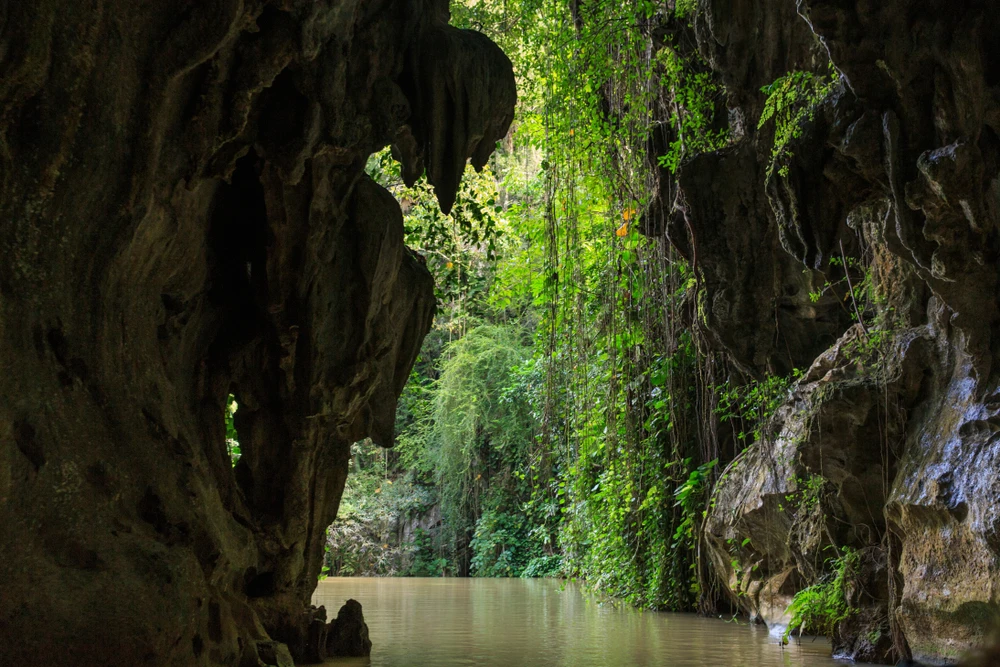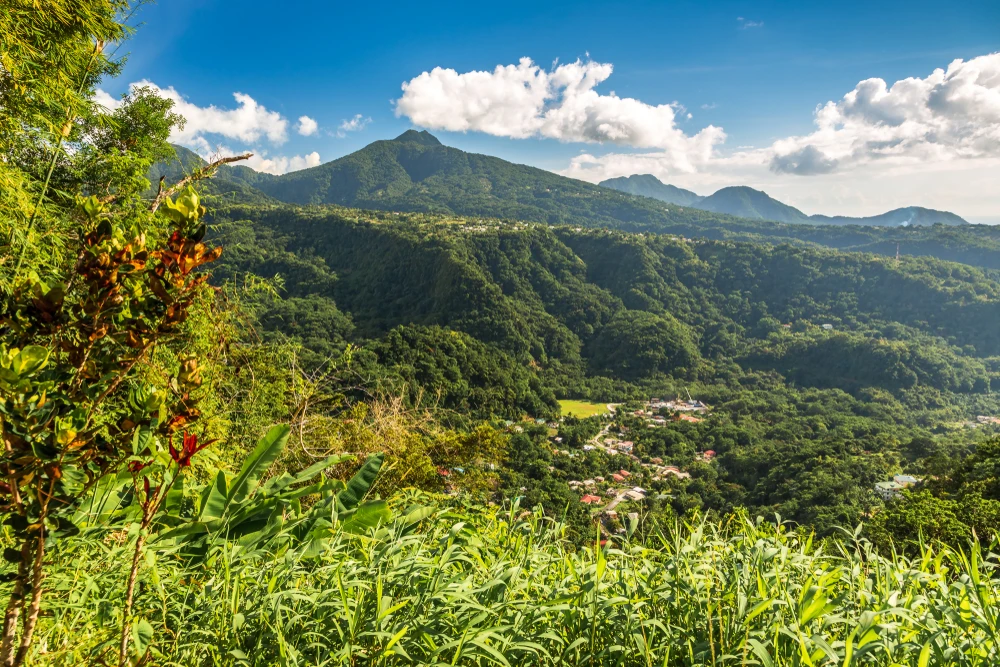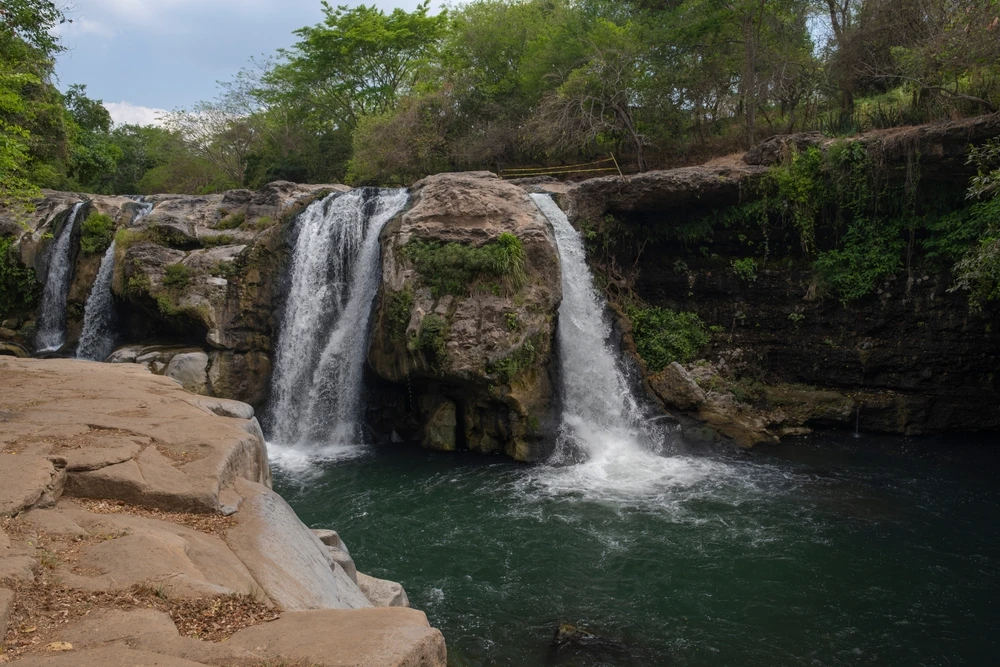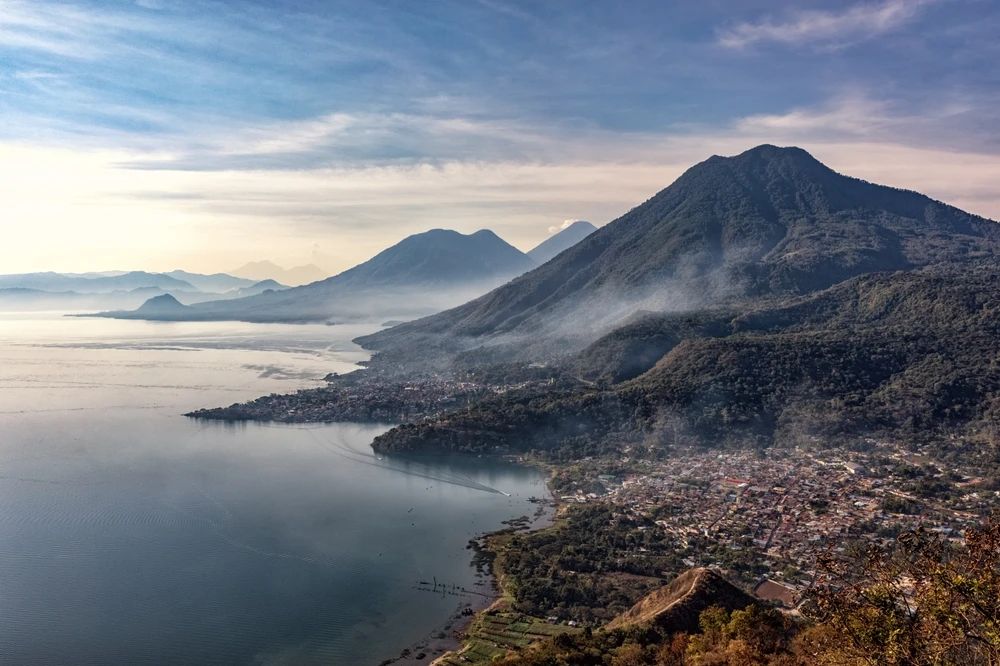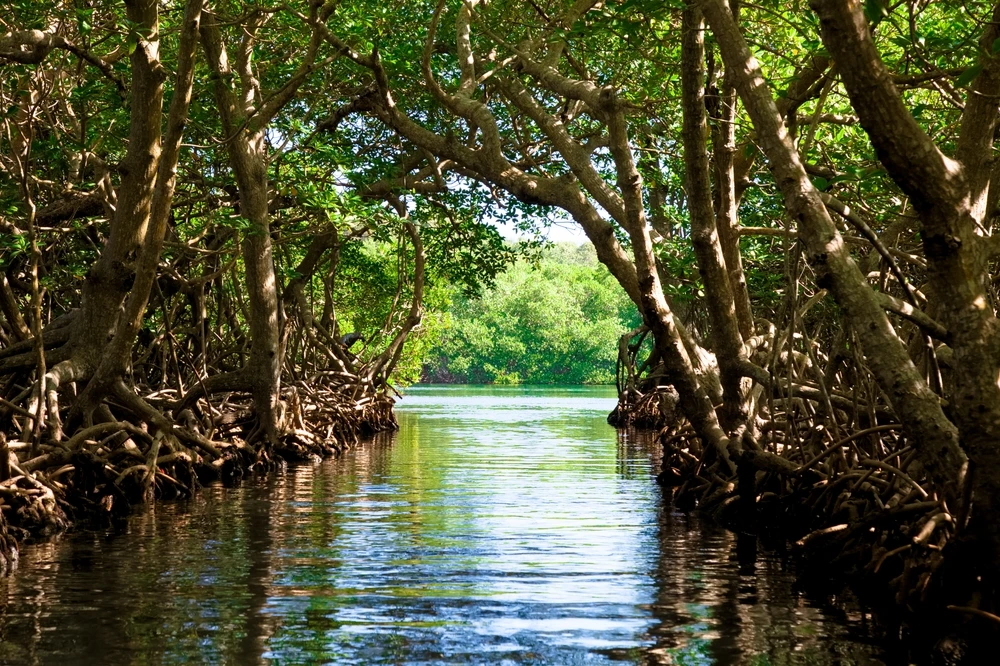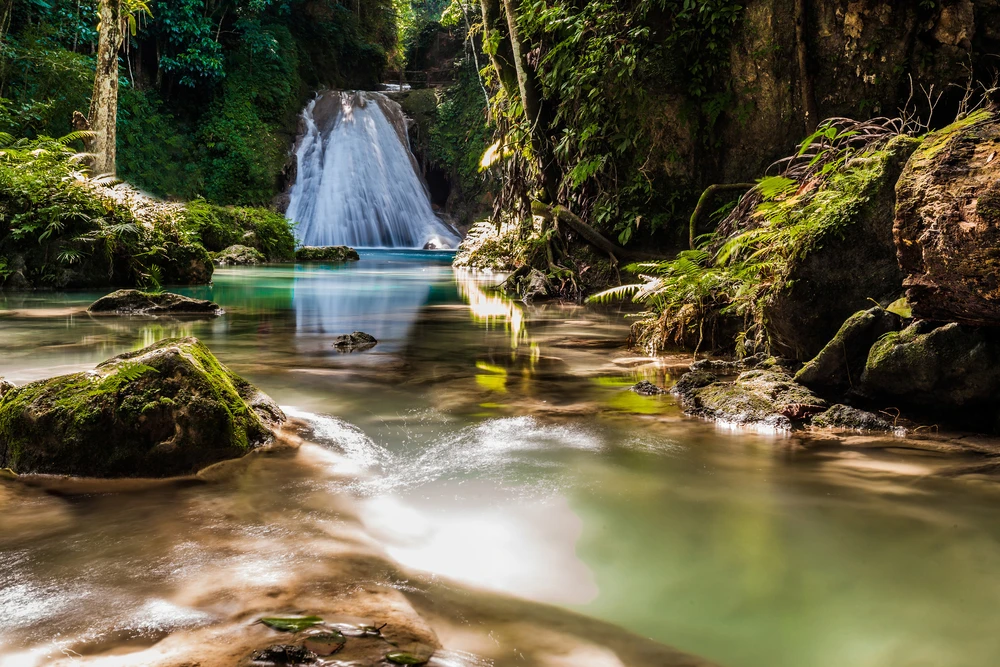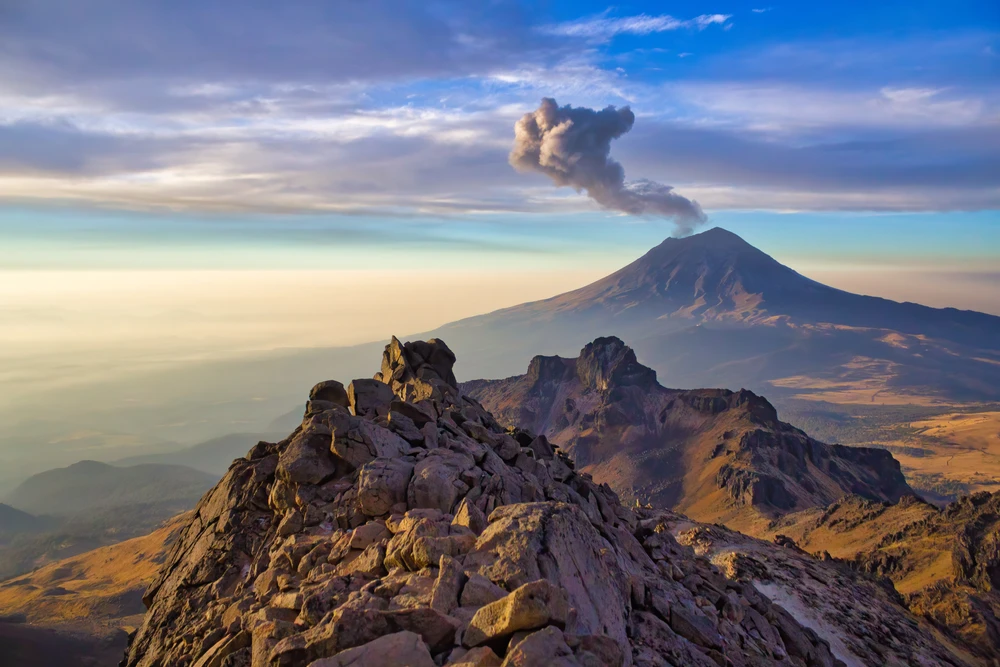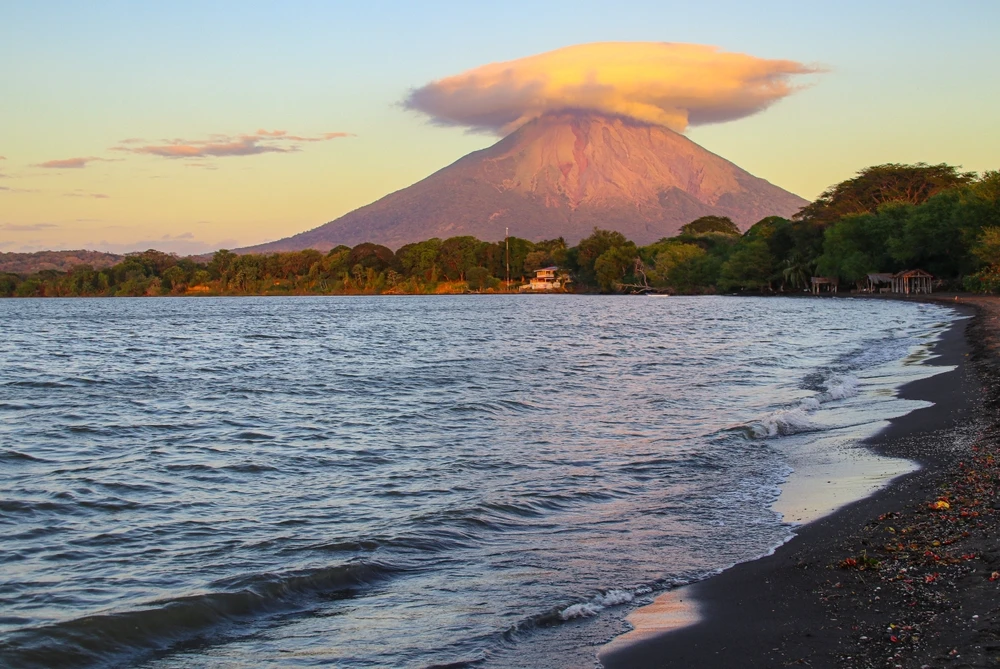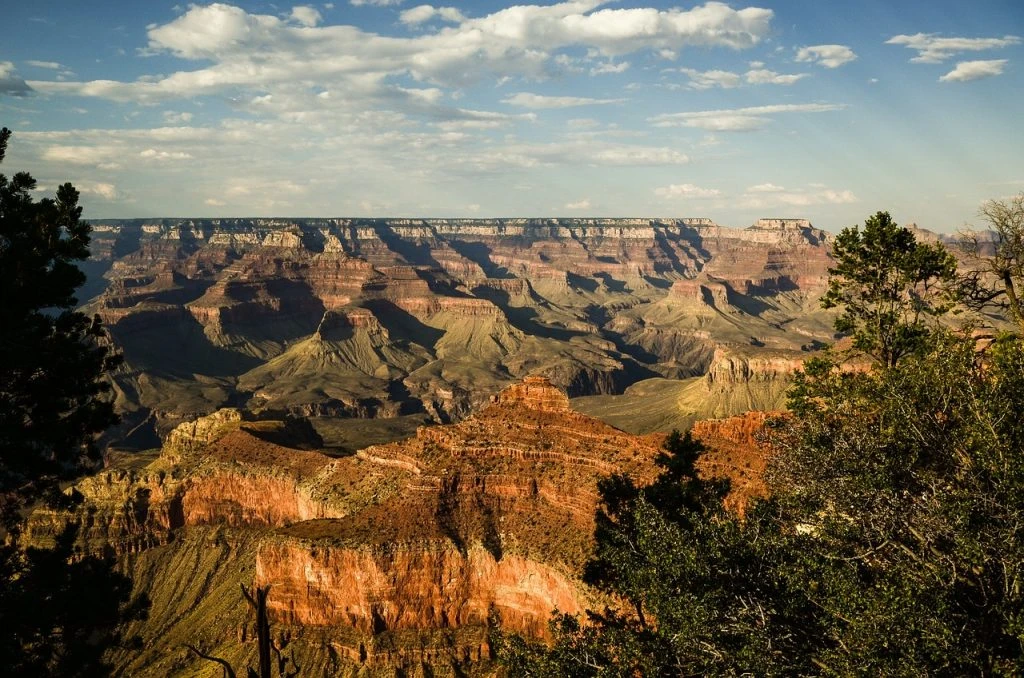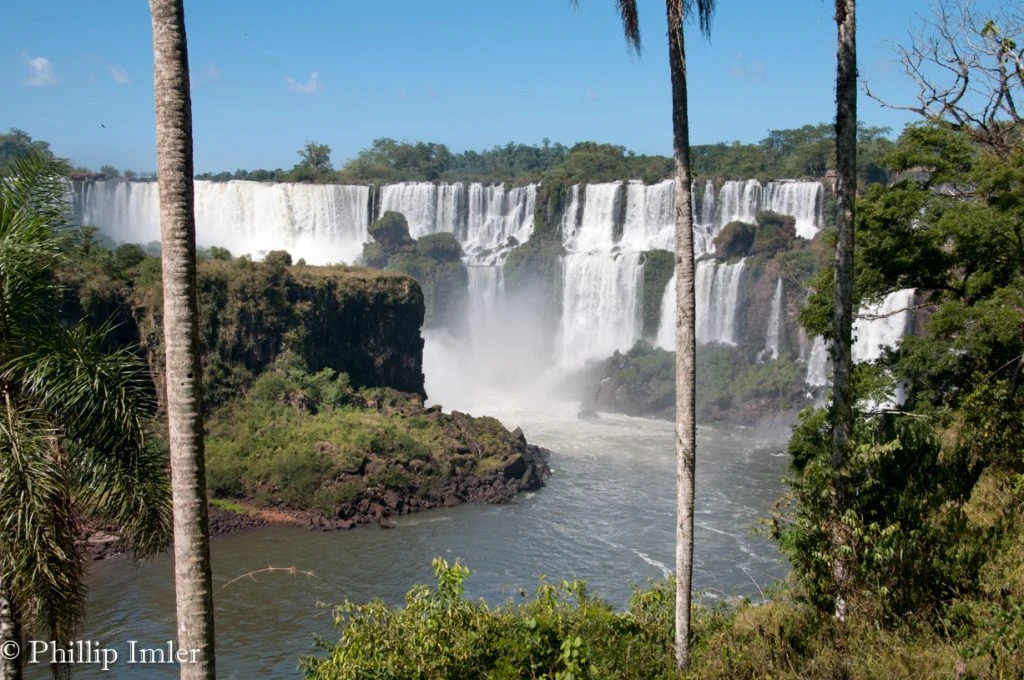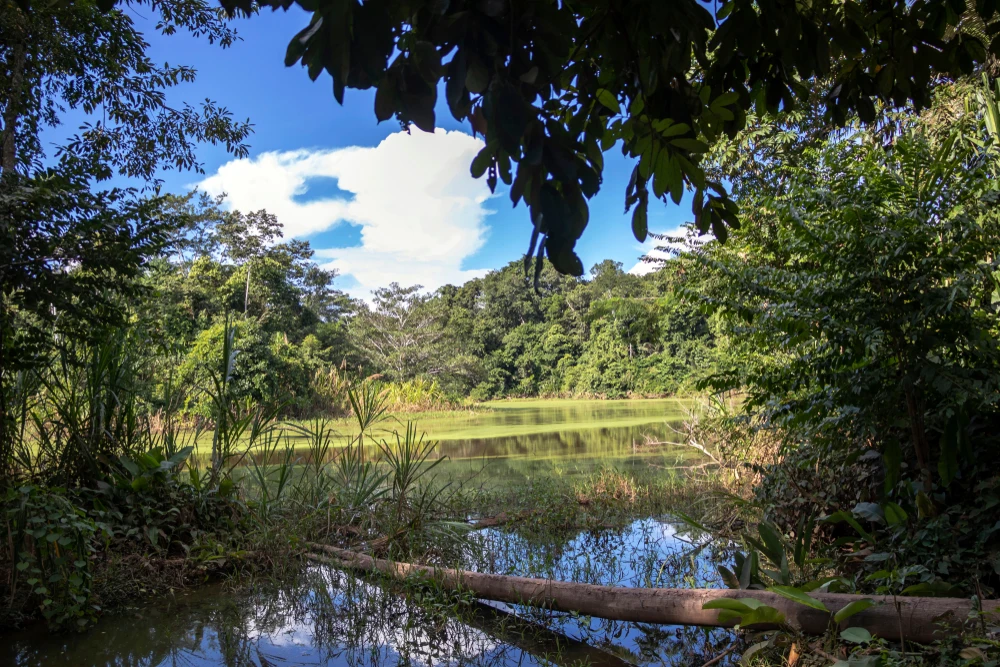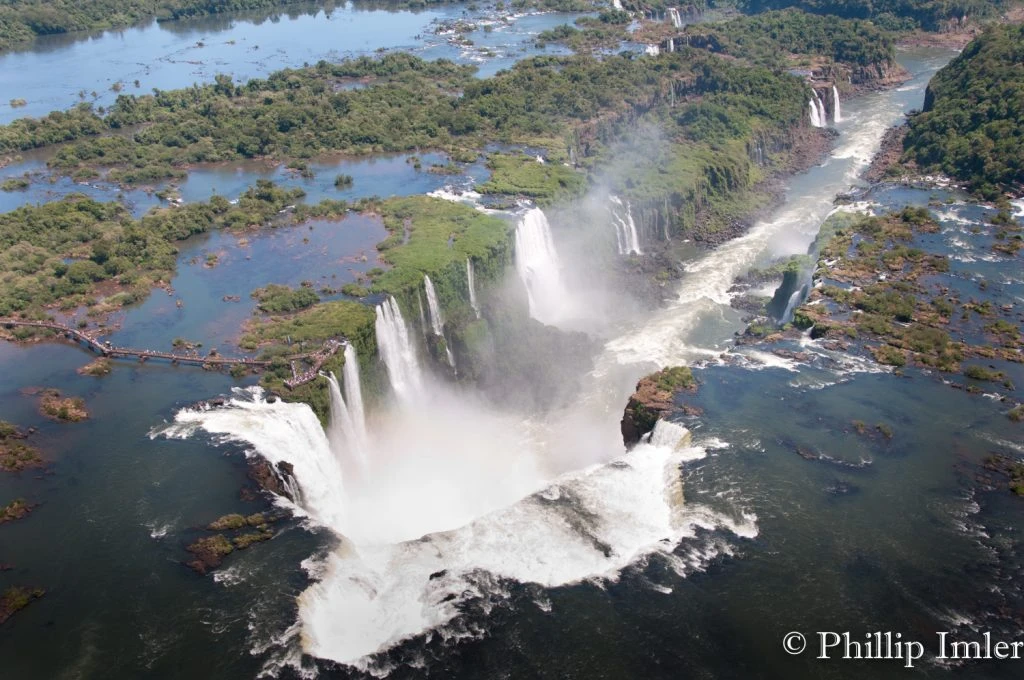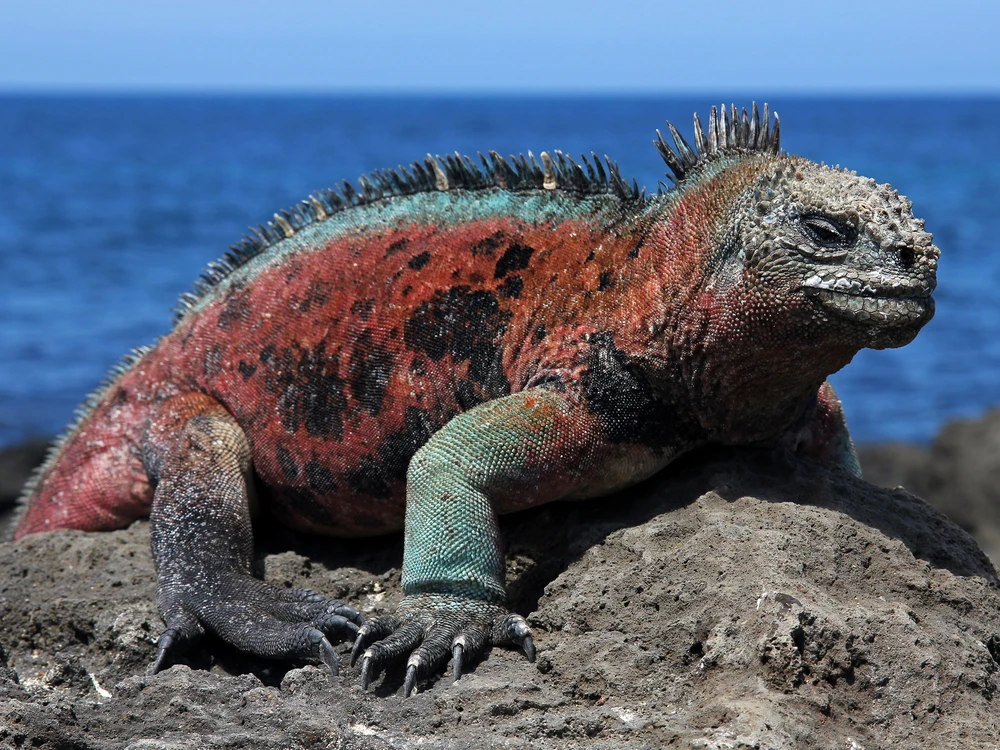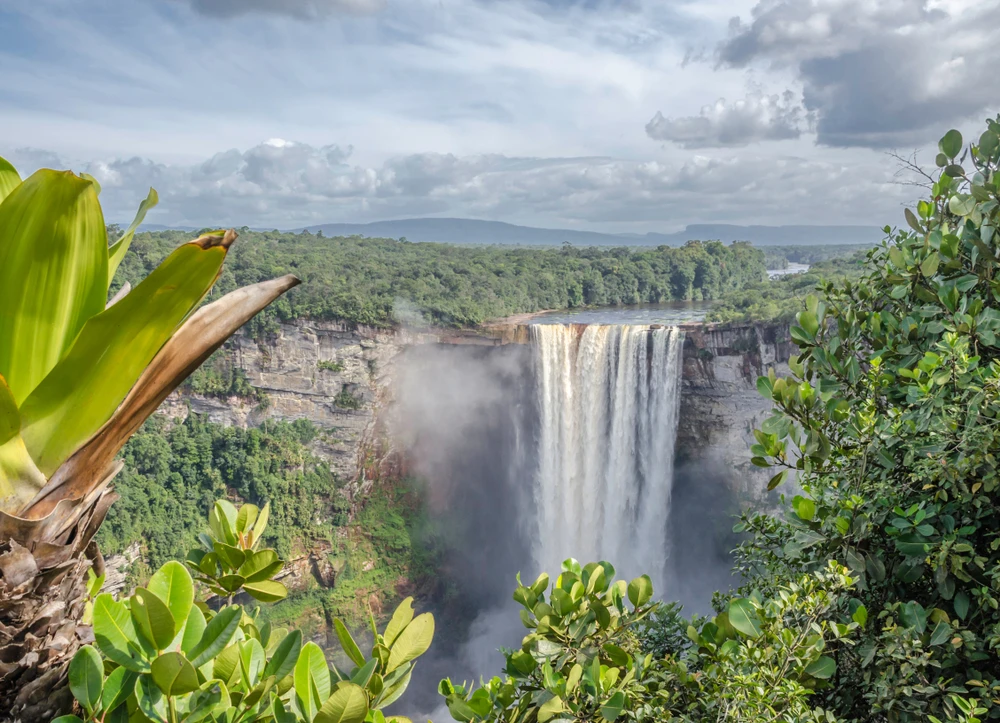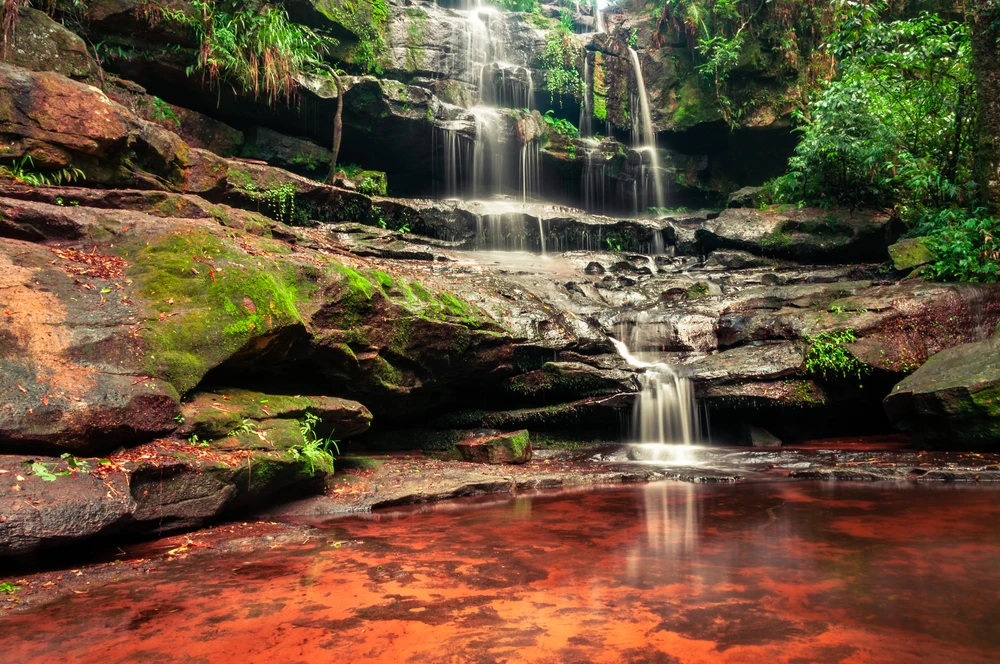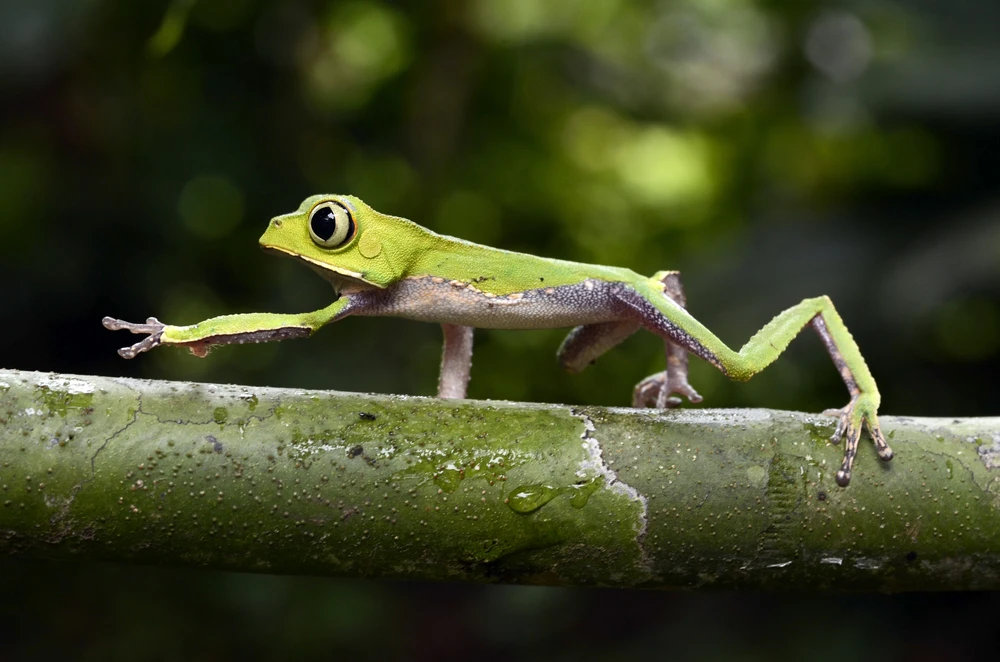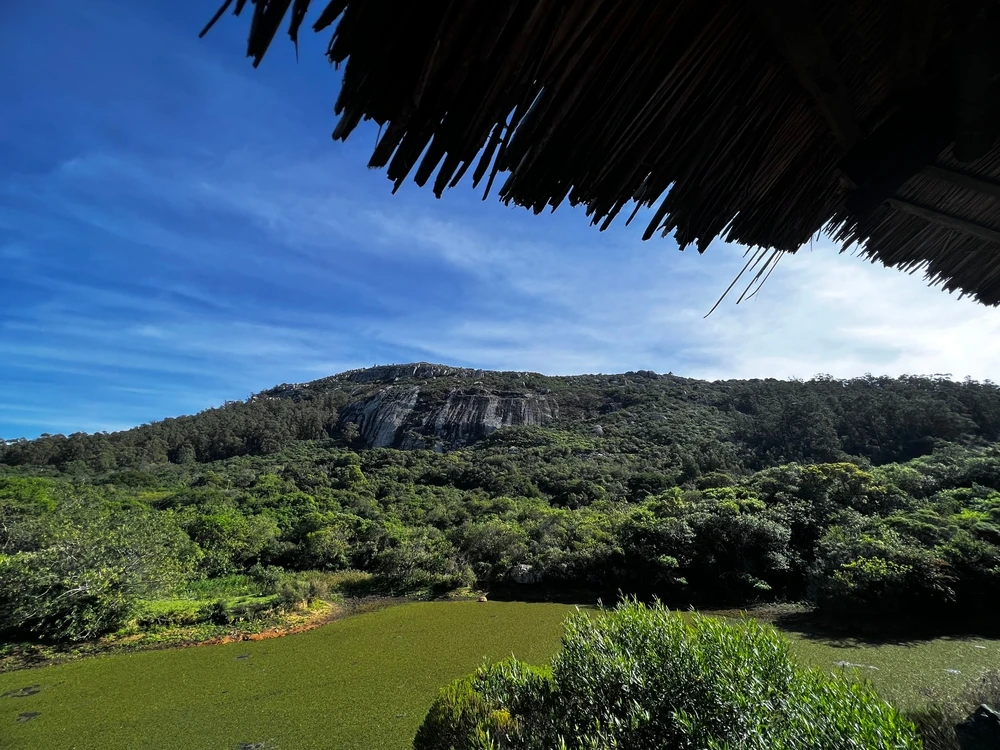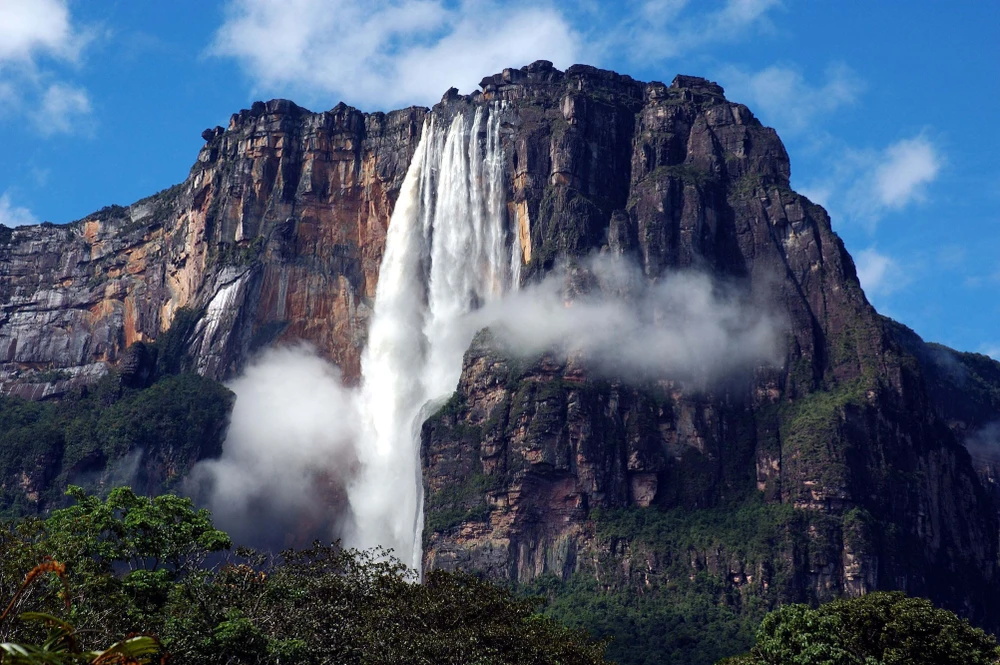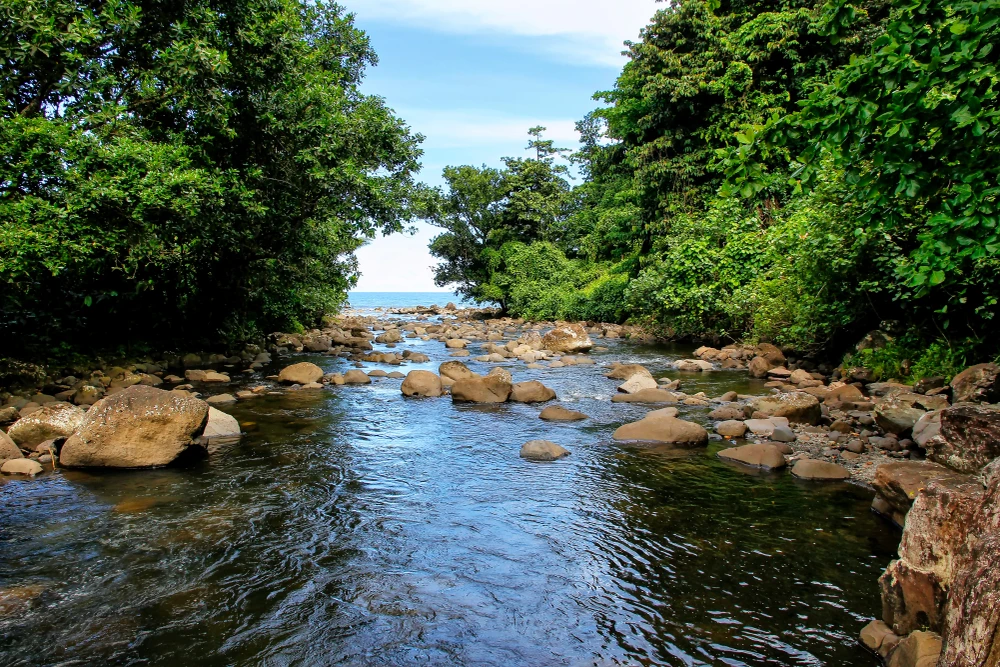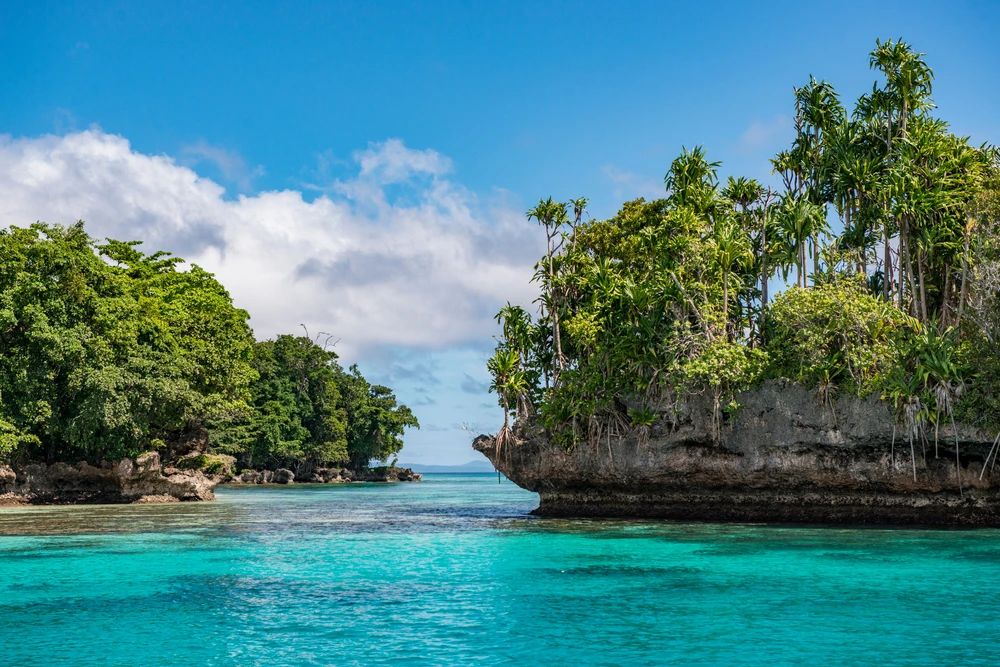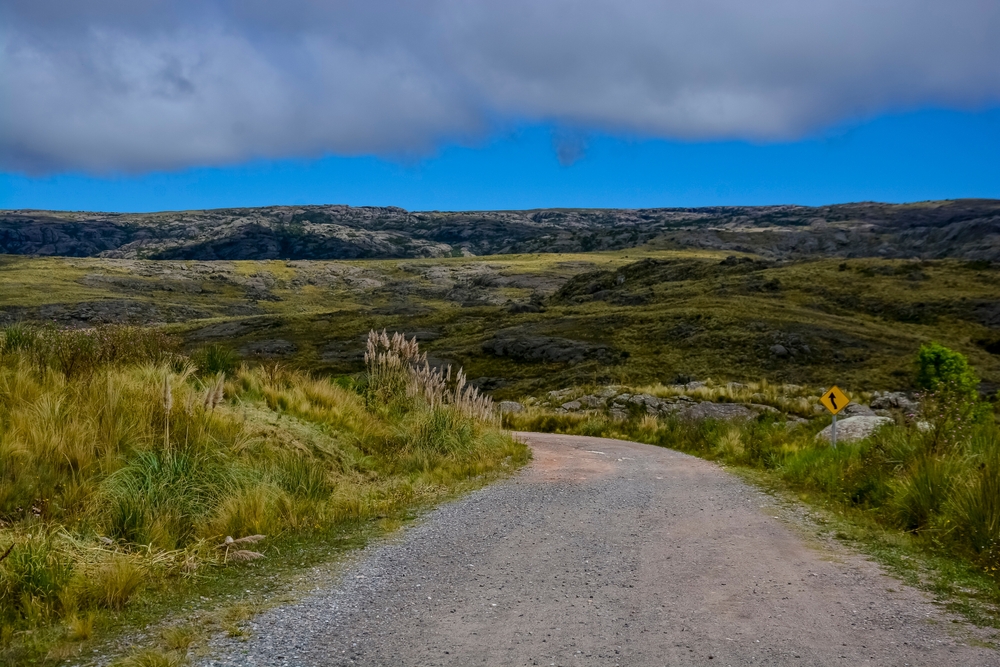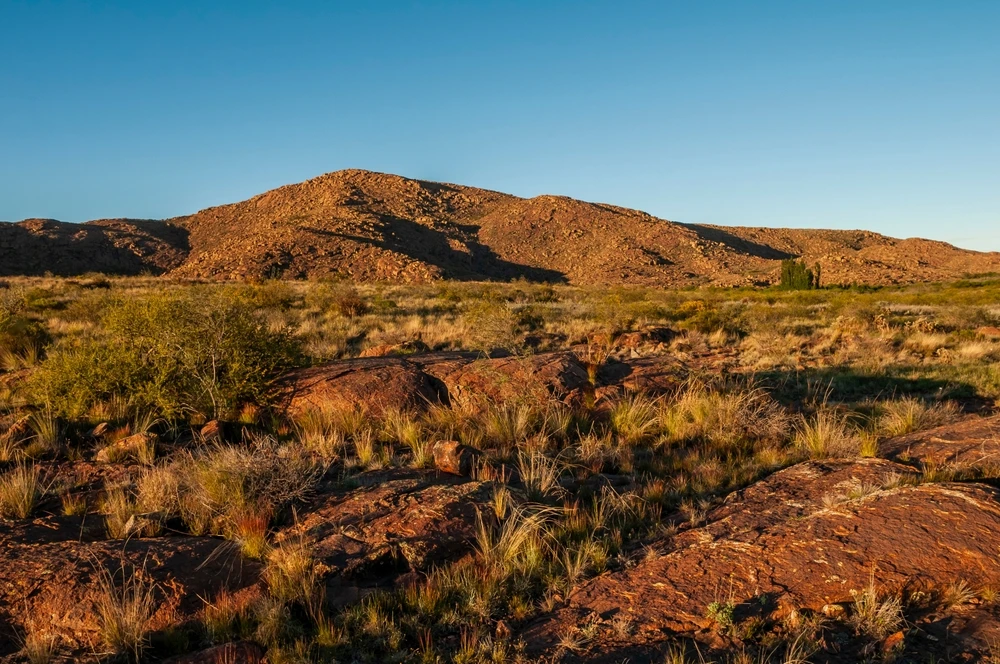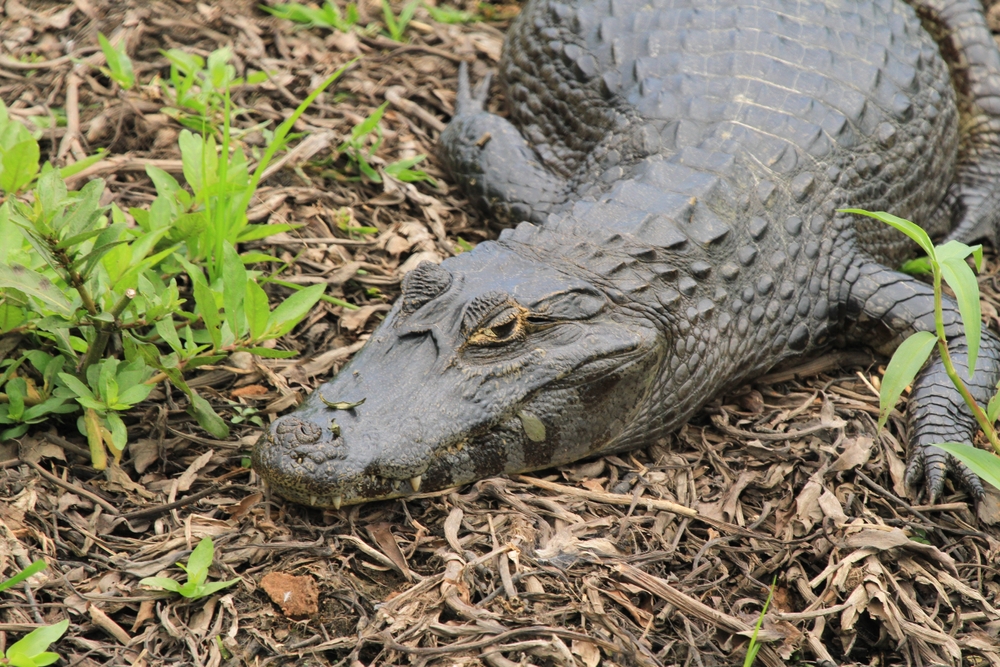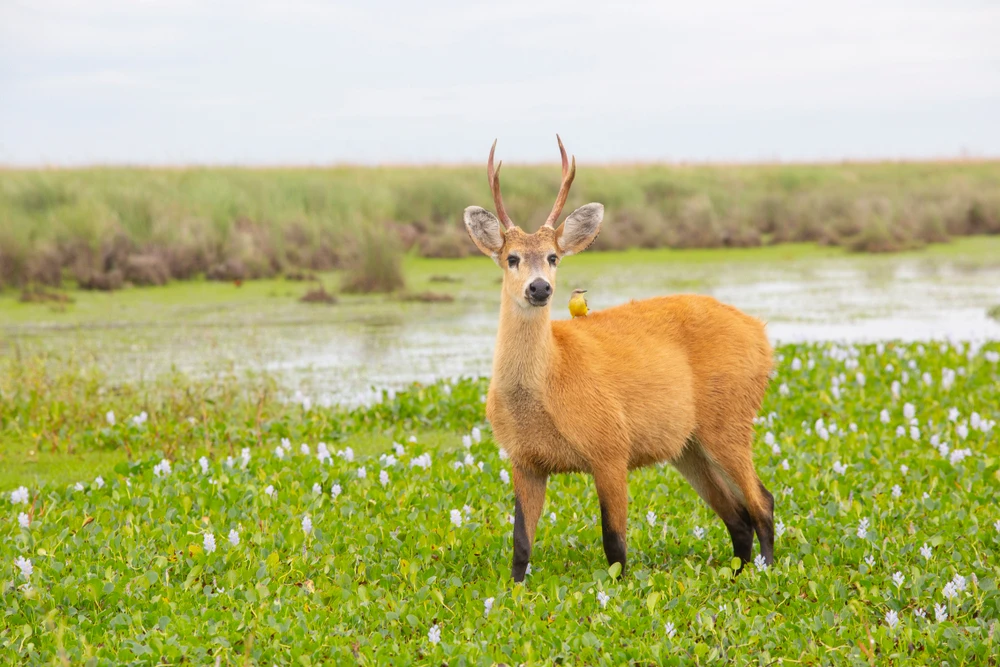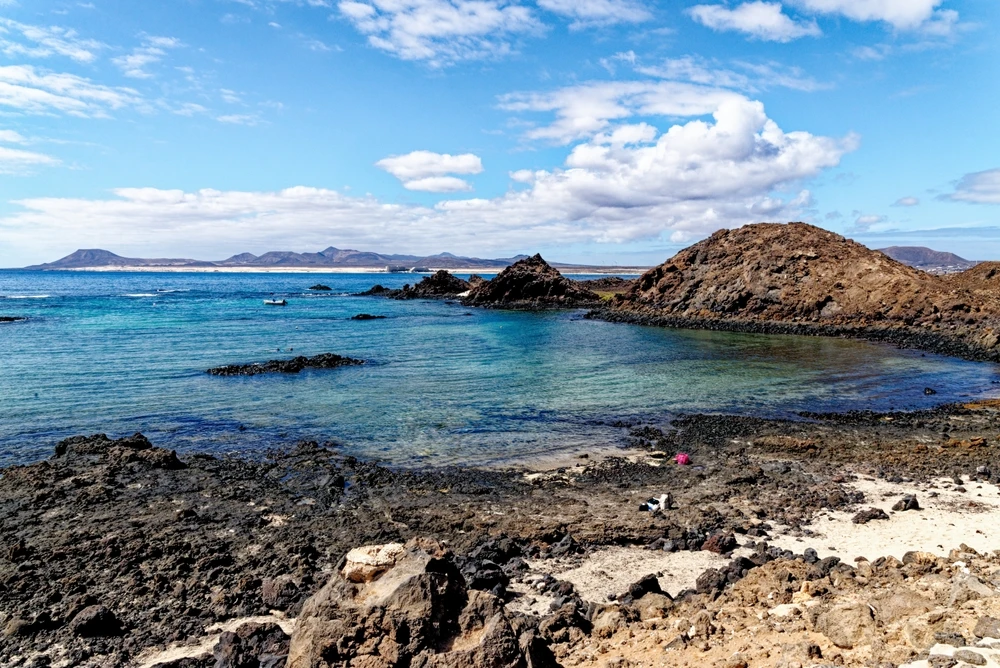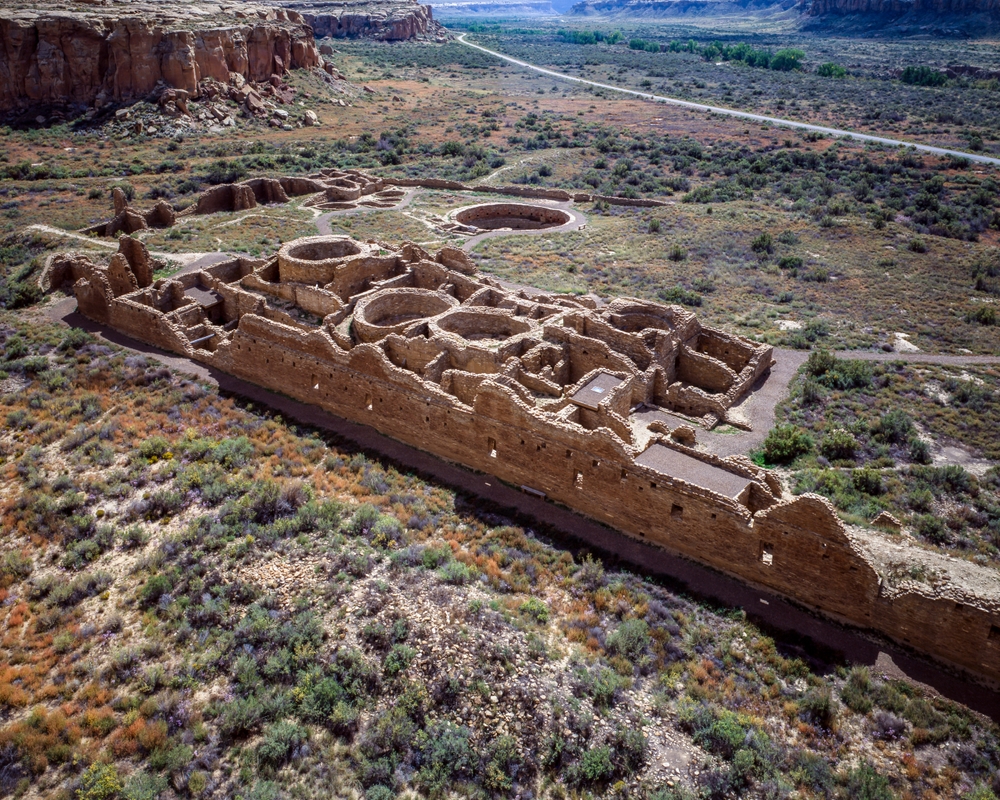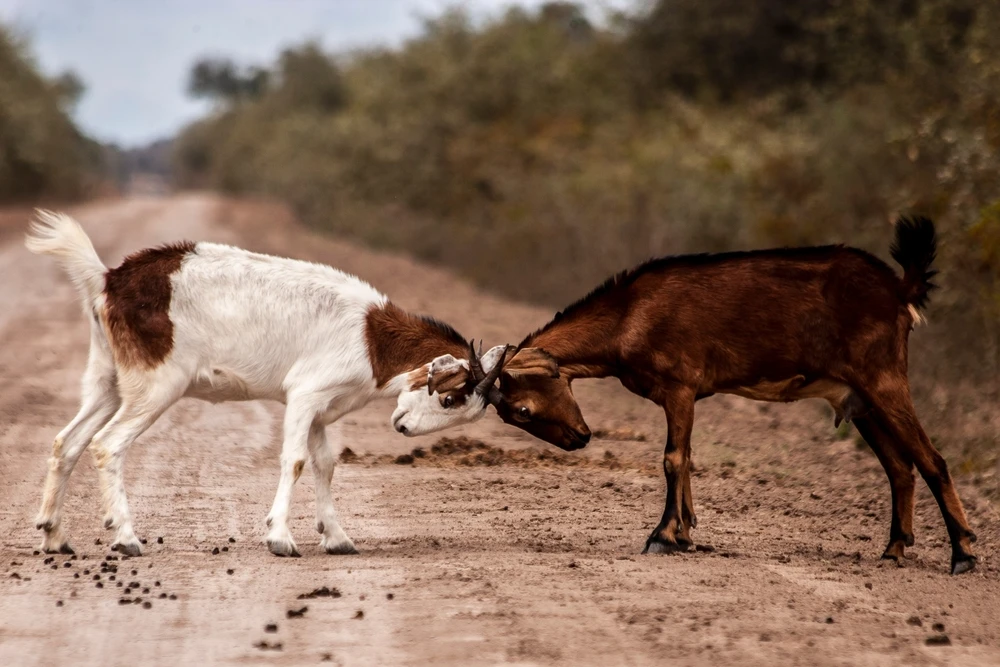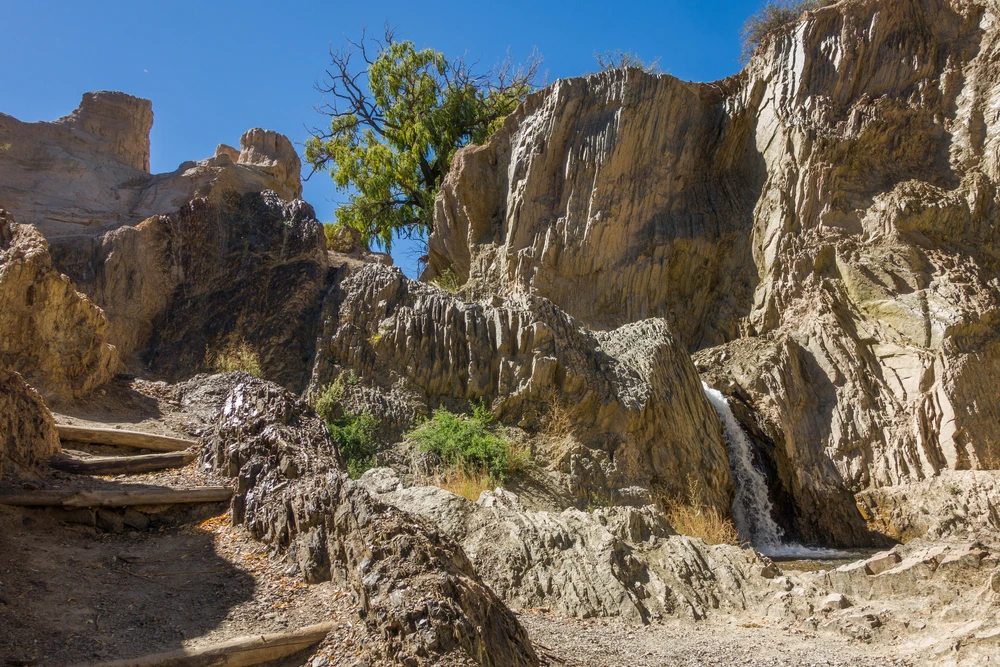Quebrada del Condorito Overview
Quebrada del Condorito National Park, or Parque Nacional Quebrada del Condorito in Spanish, is located in the Sierras Grandes mountain range of Córdoba Province, Argentina. Established in 1996, the park covers an area of approximately 90 square miles (234 square kilometers).
It protects the deep canyon of Quebrada del Condorito, a dramatic geological formation shaped by erosion over millions of years. The park sits at an altitude ranging from 1,800 to 2,300 meters, creating a rugged landscape of rocky plateaus, steep cliffs, and deep gorges. The terrain is dominated by high-altitude grasslands known as Pampa de Achala, interspersed with patches of native shrubs and small forests along streams.
The park’s name, meaning “Little Condor Ravine,” reflects one of its most remarkable features: a thriving population of Andean condors. These magnificent birds, with wingspans exceeding three meters, soar above the canyon on thermal updrafts, offering visitors an unforgettable sight. Other notable bird species include peregrine falcons, burrowing owls, and black-chested buzzard-eagles.
The park is also home to unique mammalian species such as the puma, red fox, and the endemic Achala small-eared shrew. The Pampa de Achala grasslands support native amphibians and reptiles, including the endangered red-spotted toad.
One of the park’s most popular attractions is the Balcón Norte, a natural viewpoint on the canyon’s edge, where visitors can watch condors glide over the abyss. The Balcón Sur offers a similar experience, with panoramic views of the surrounding mountains and valleys.
The Condorito River, which flows through the canyon, forms natural pools and waterfalls, enhancing the park’s scenic beauty. Visitors can explore a network of hiking trails that lead to key viewpoints and remote areas, providing opportunities for wildlife observation and photography. Camping is permitted in designated areas, and guided excursions offer deeper insight into the park’s ecosystems.
Hiking is the primary way to experience the park, with trails of varying difficulty levels leading to breathtaking landscapes. The most well-known route is the trek to Balcón Norte, a moderate hike of approximately six miles round-trip.
Birdwatching enthusiasts are drawn to the park for the chance to observe the Andean condor in its natural habitat. Night hikes reveal the nocturnal life of the park, including elusive mammals and the sounds of native owls. Due to its remote location and minimal light pollution, the park is also a great place for stargazing.
Quebrada del Condorito National Park faces conservation challenges, including habitat degradation due to cattle grazing on its borders and the impact of human activity on fragile ecosystems. However, conservation efforts have been successful in preserving the Andean condor population, with the park serving as a key refuge for this iconic species.
Ongoing research and environmental education programs aim to promote sustainable tourism and raise awareness about the importance of protecting the region’s biodiversity. Park management collaborates with local communities to ensure that economic benefits from ecotourism contribute to conservation and development efforts.


